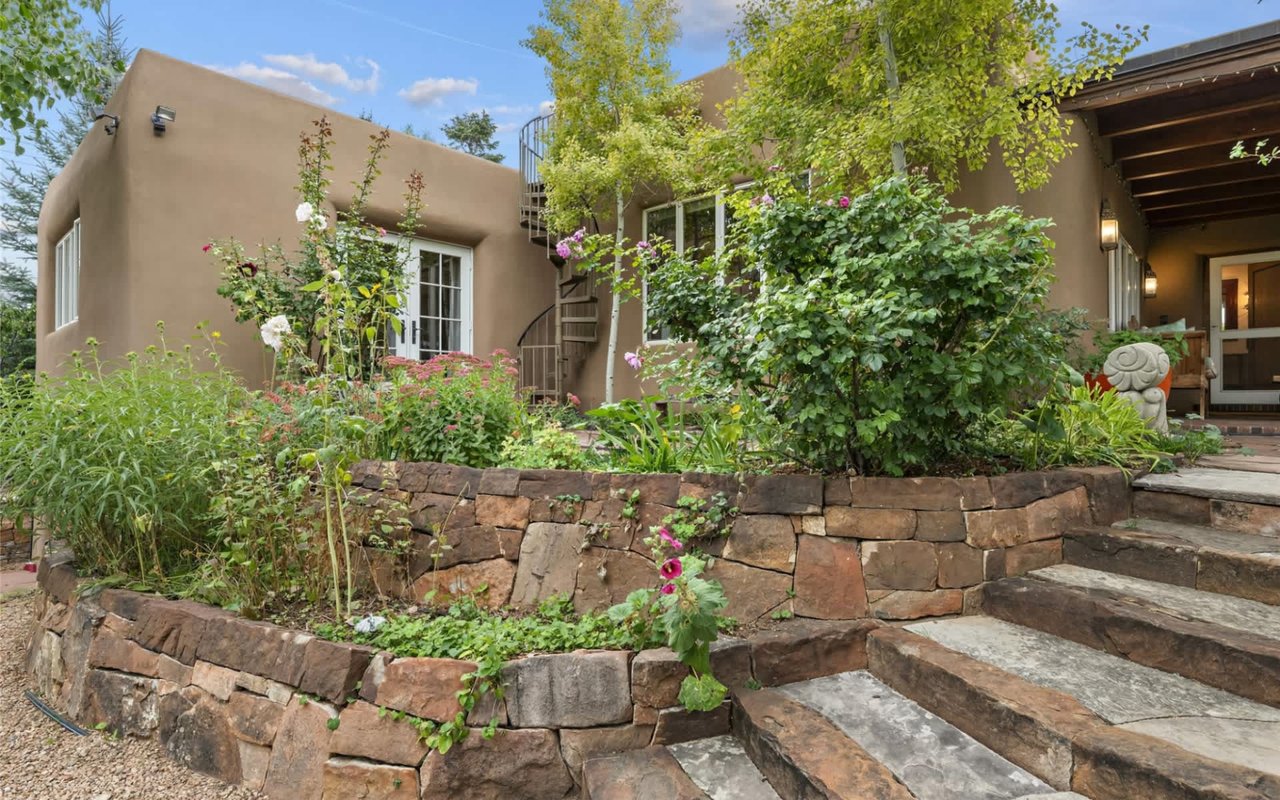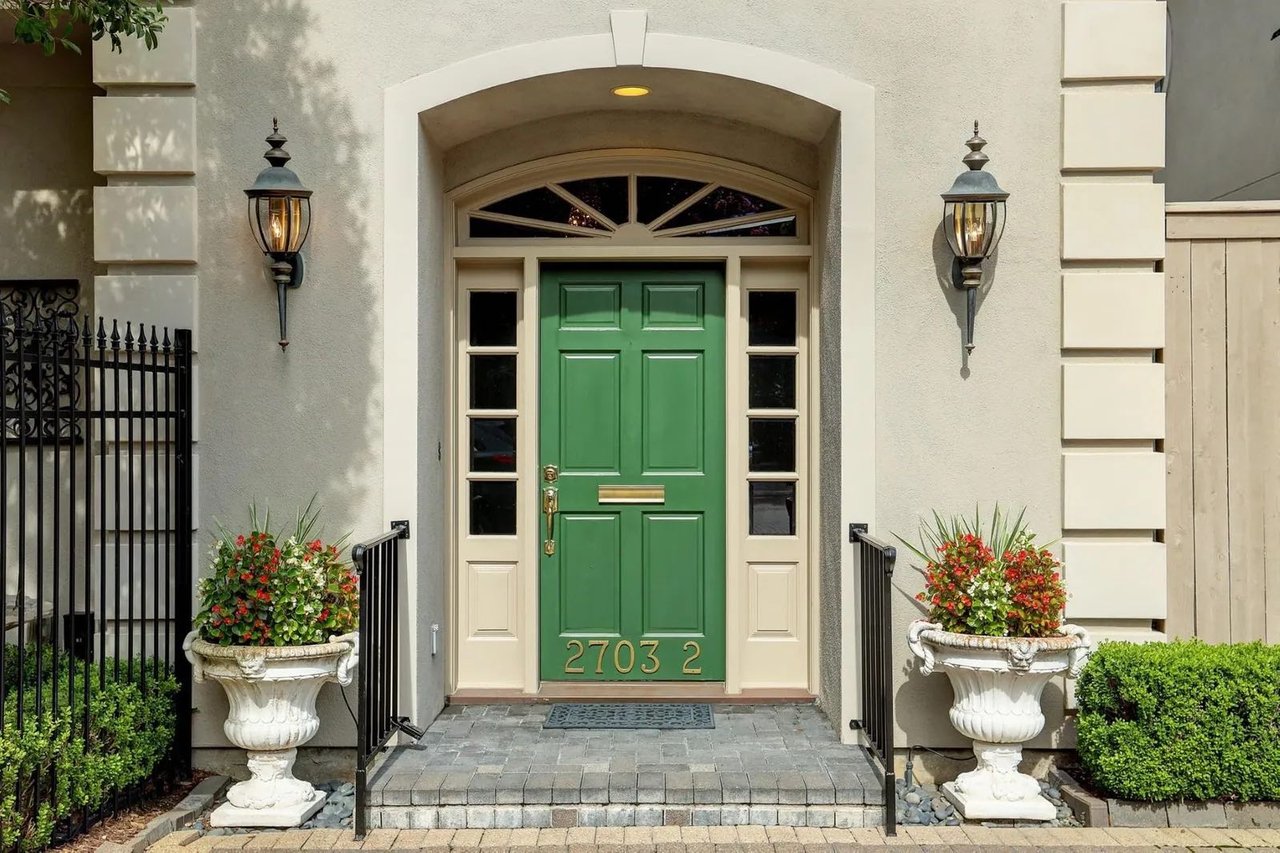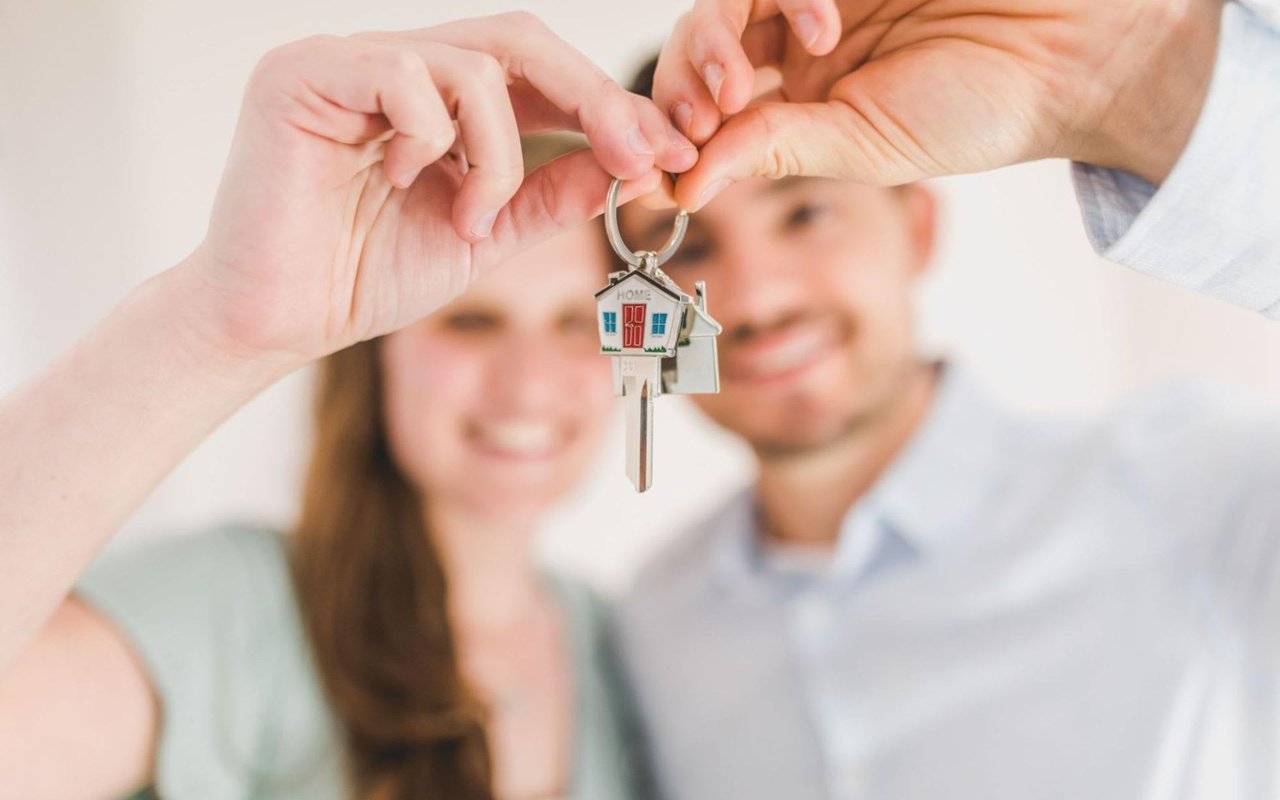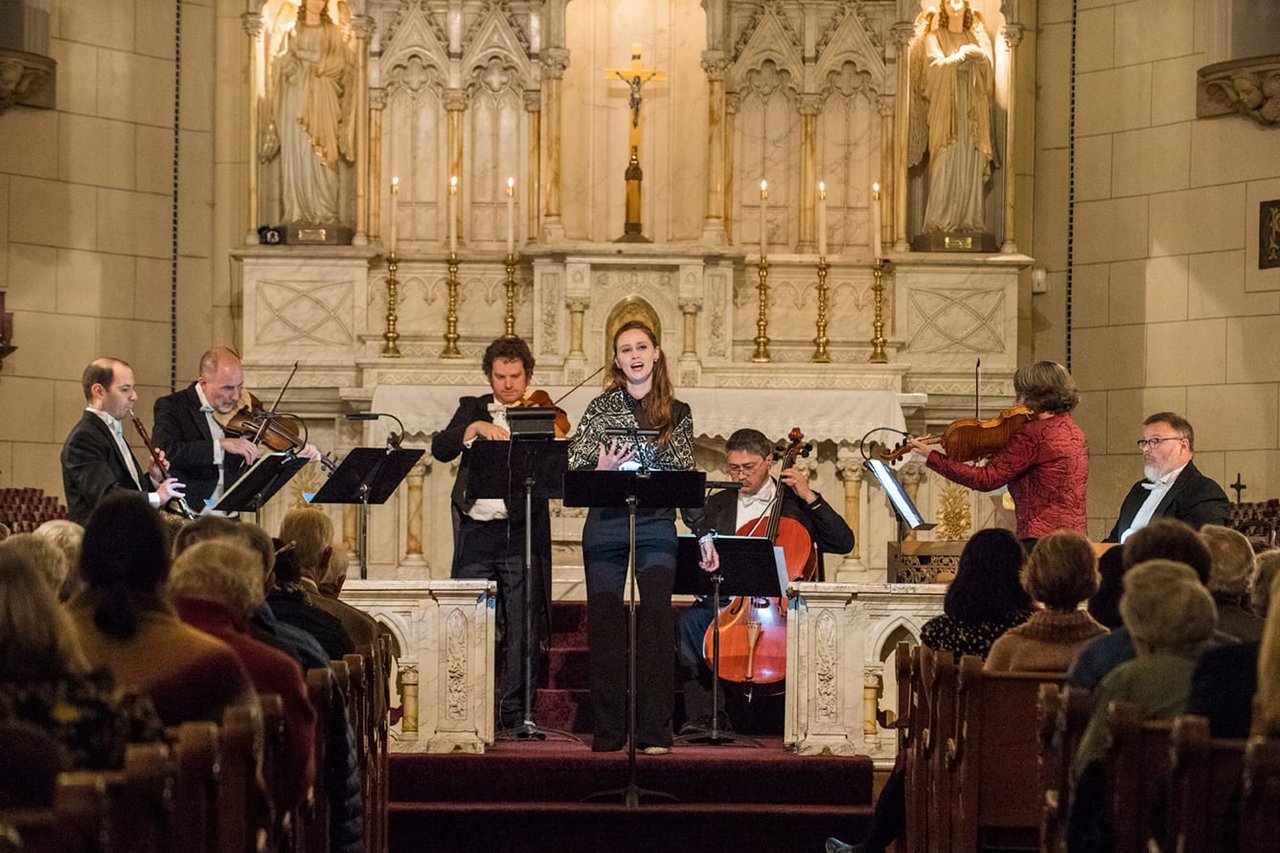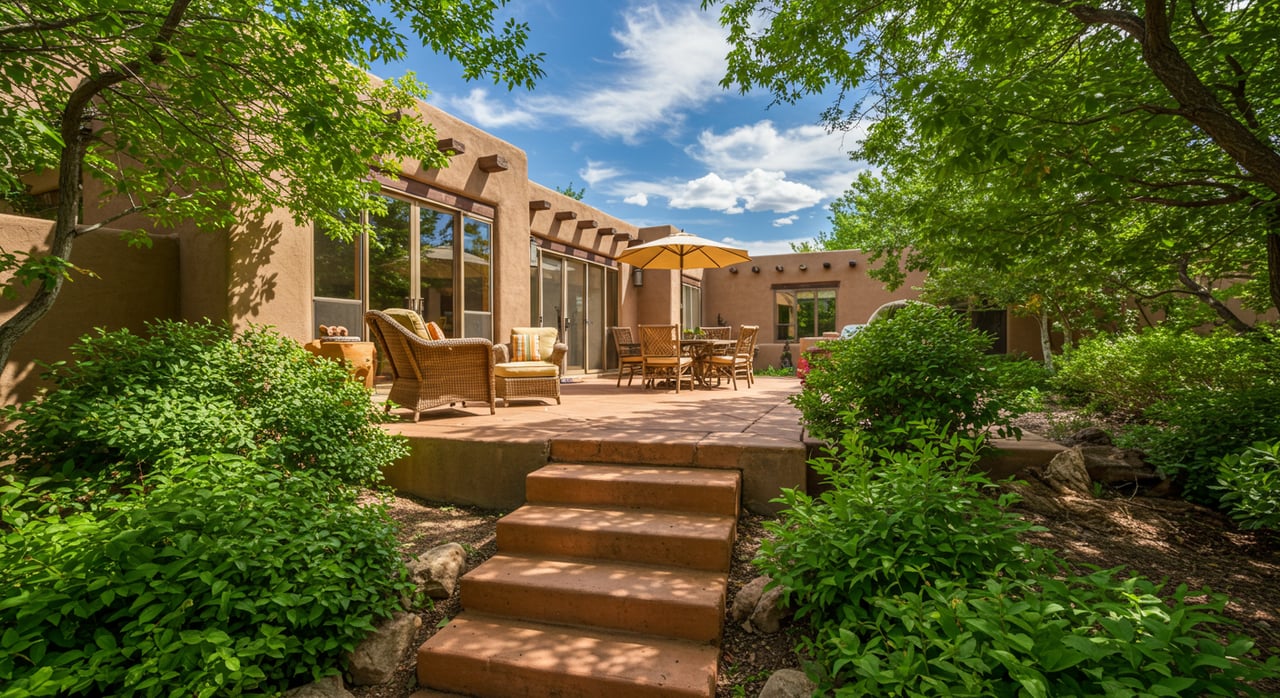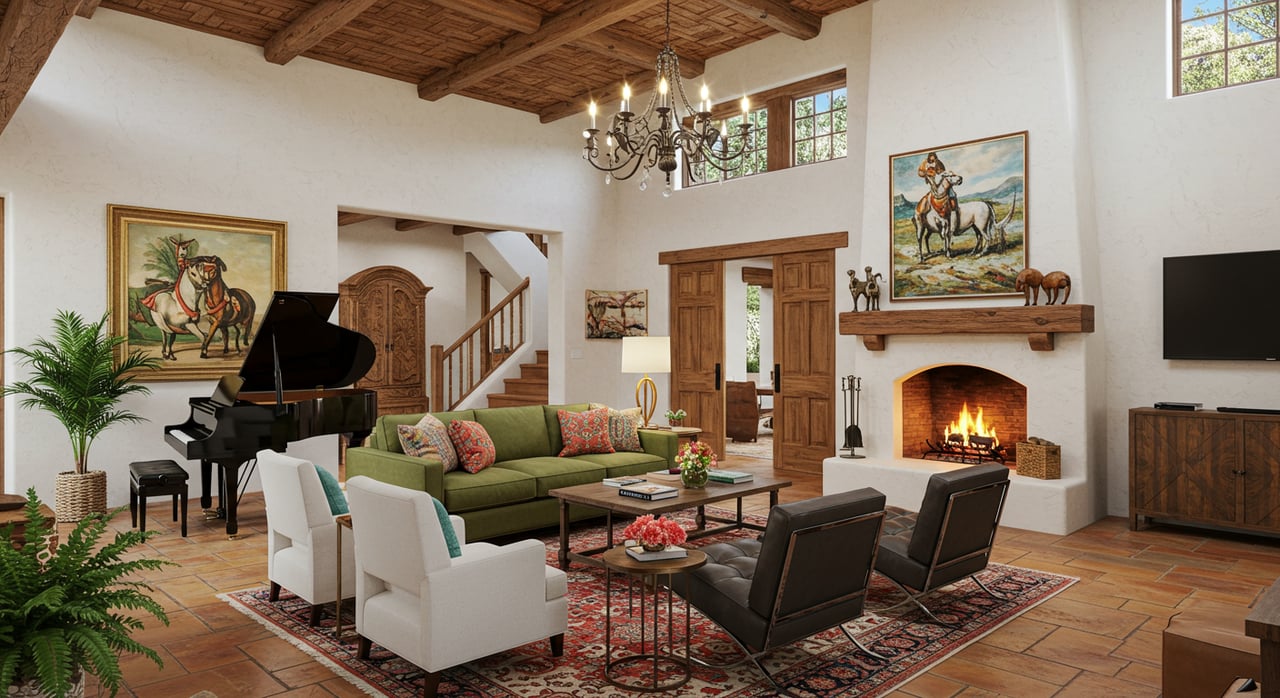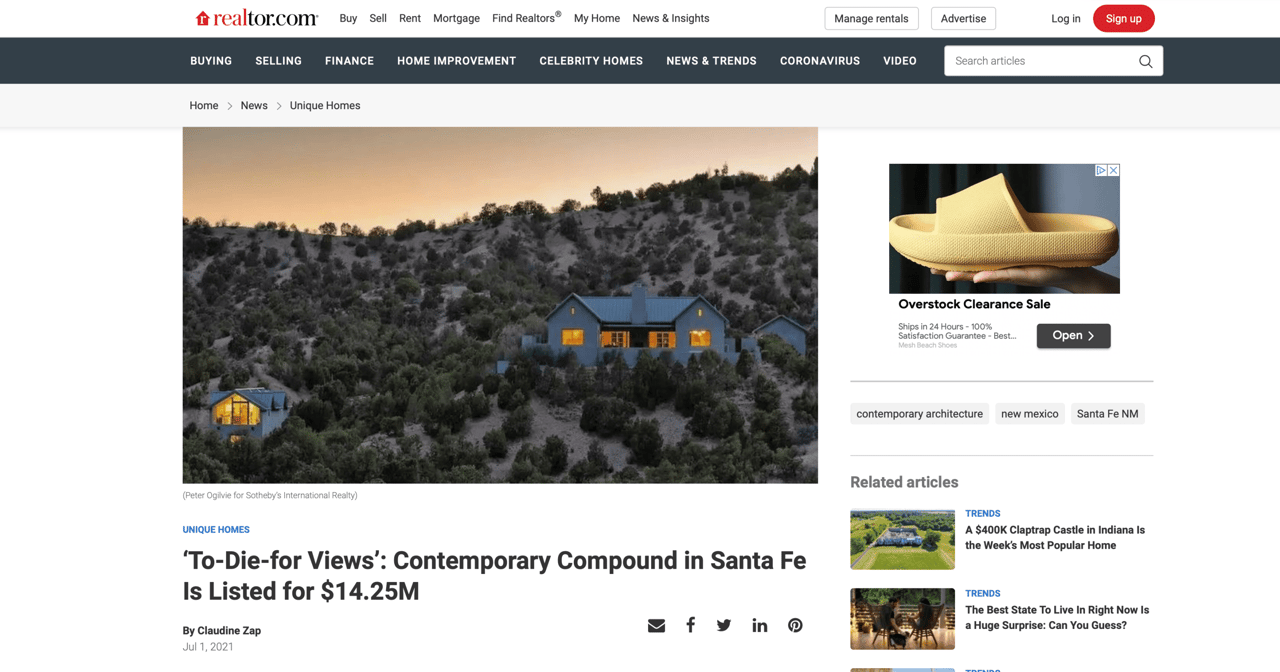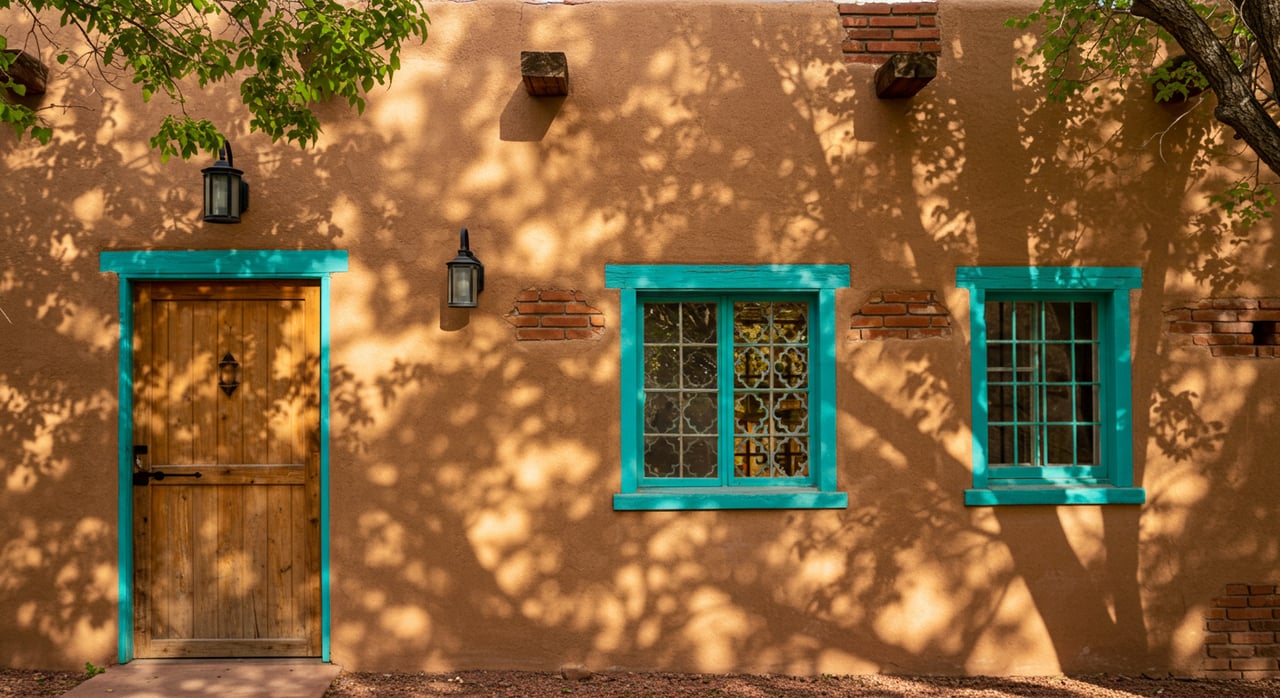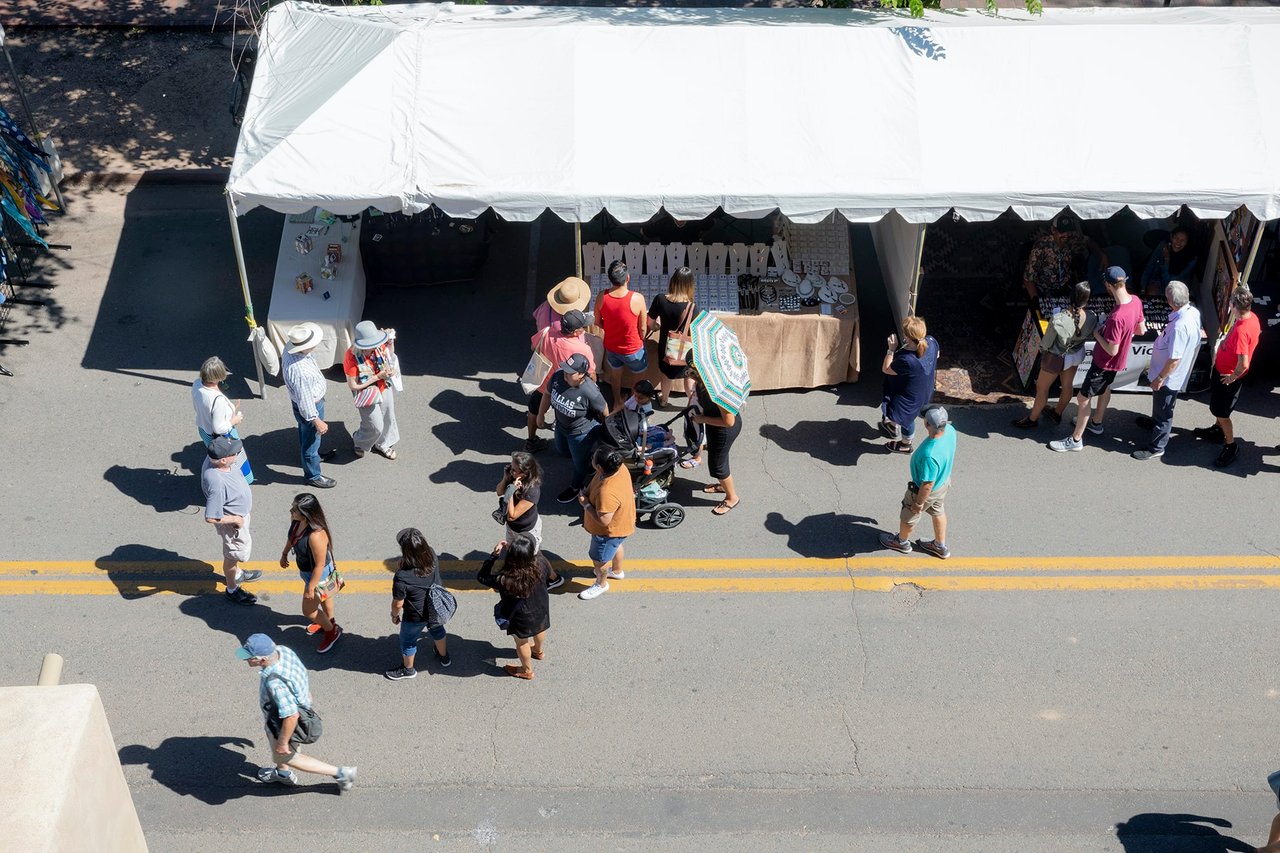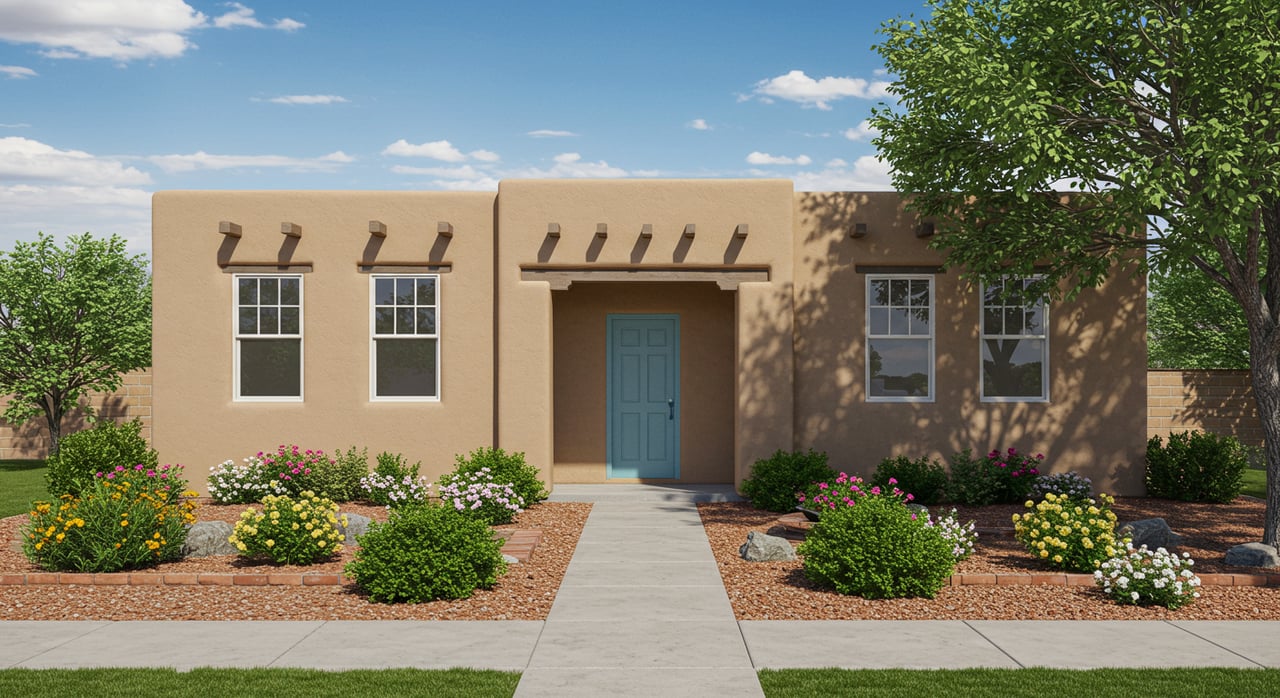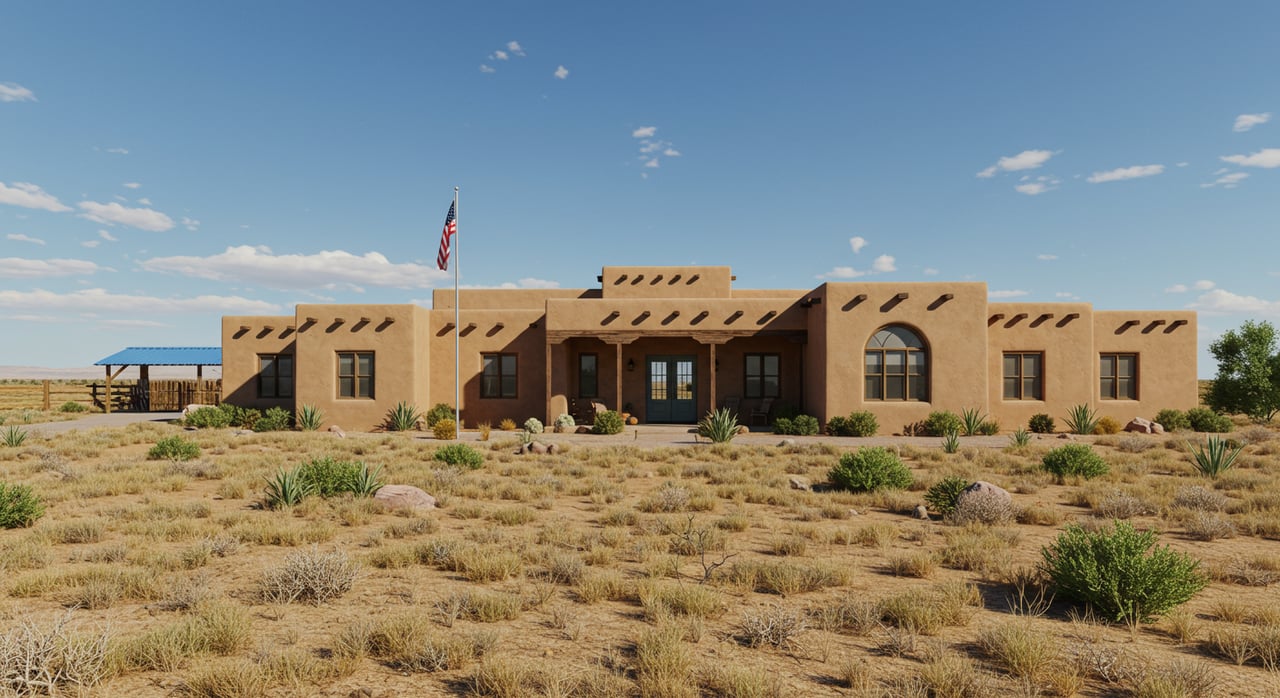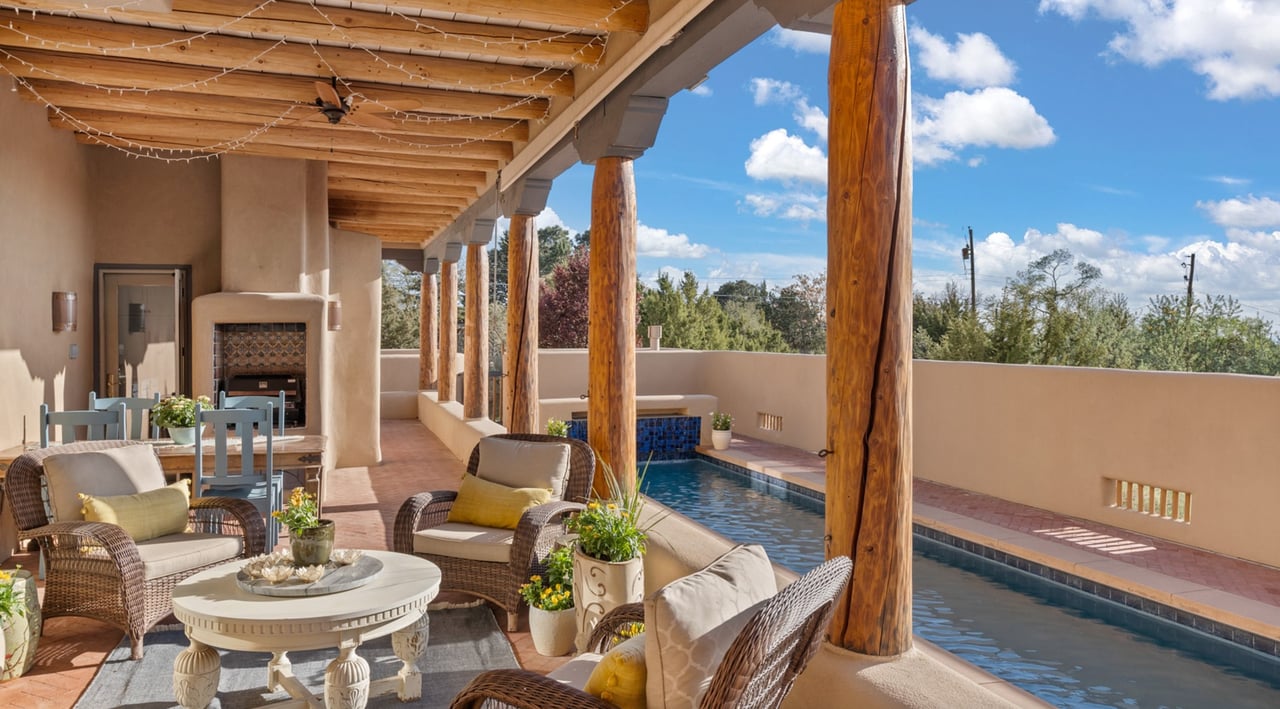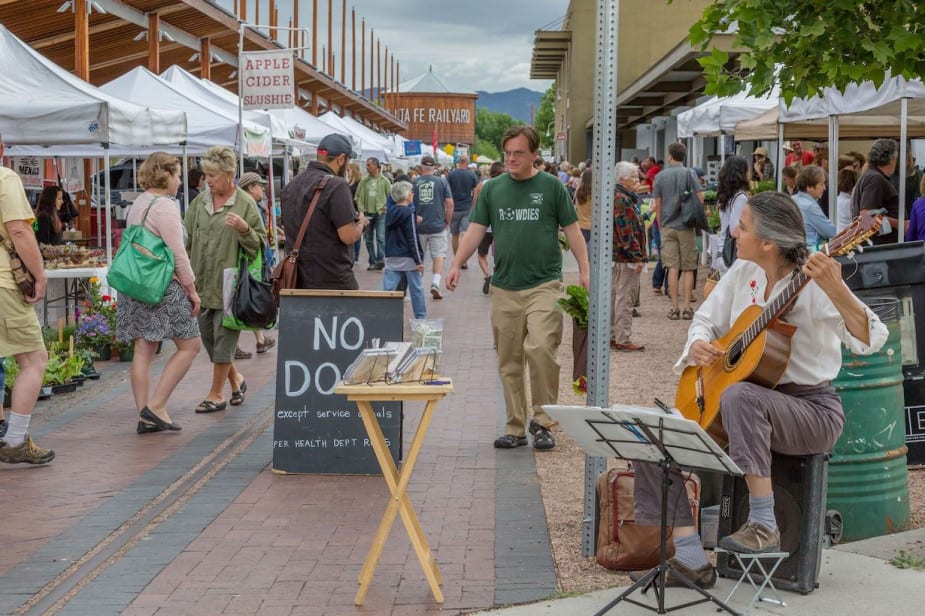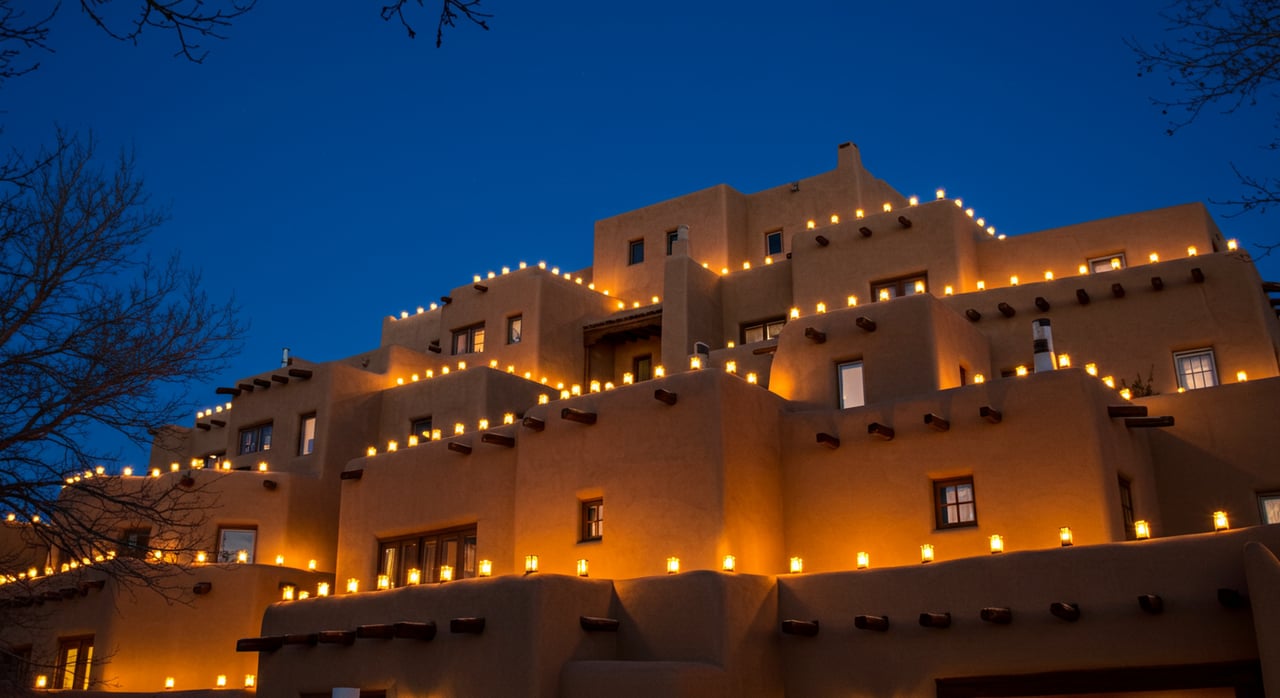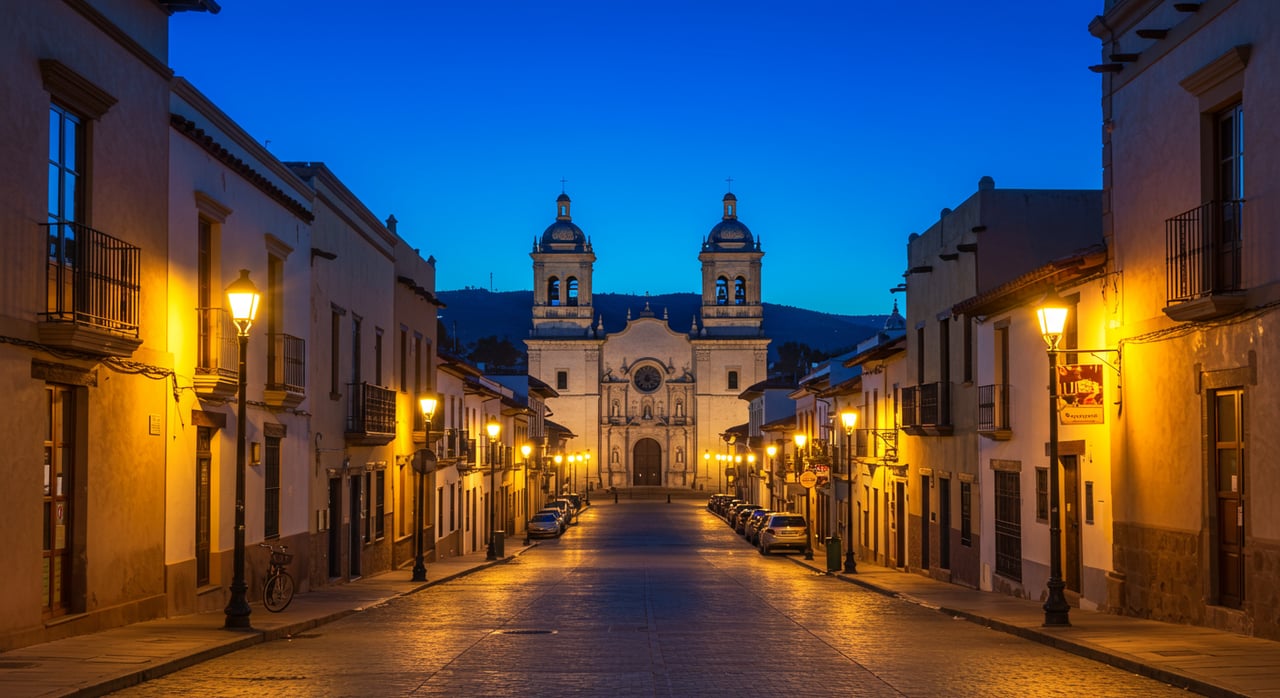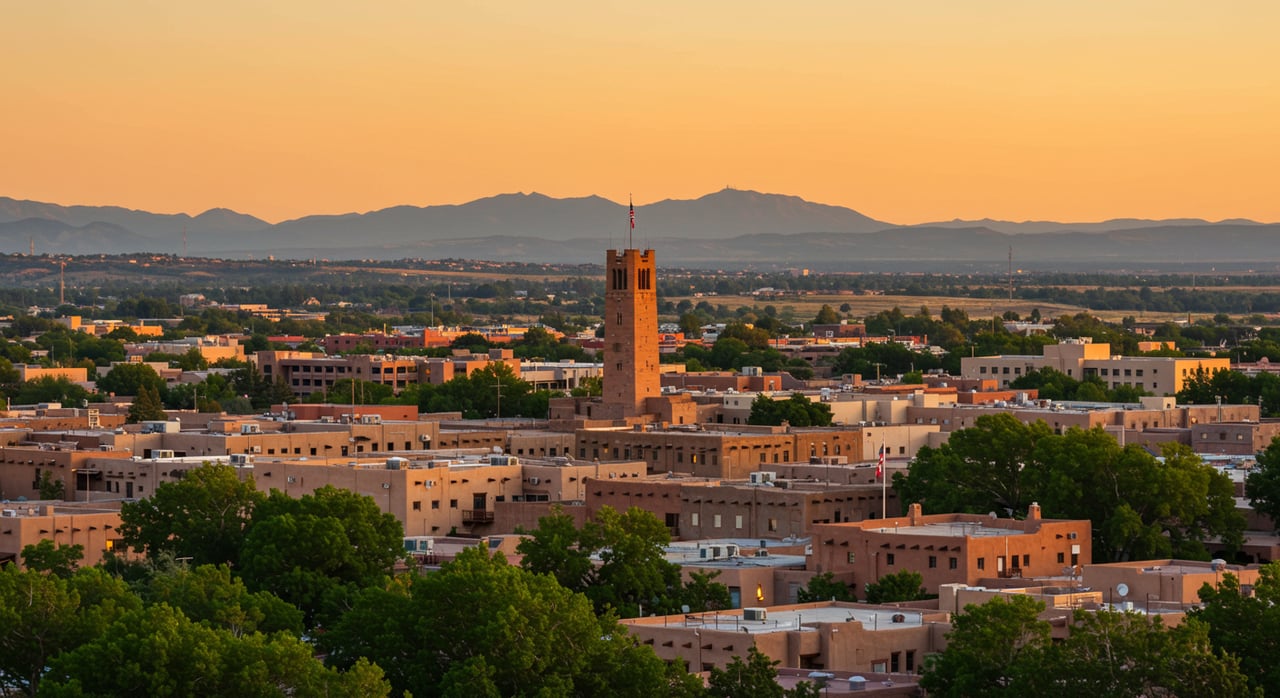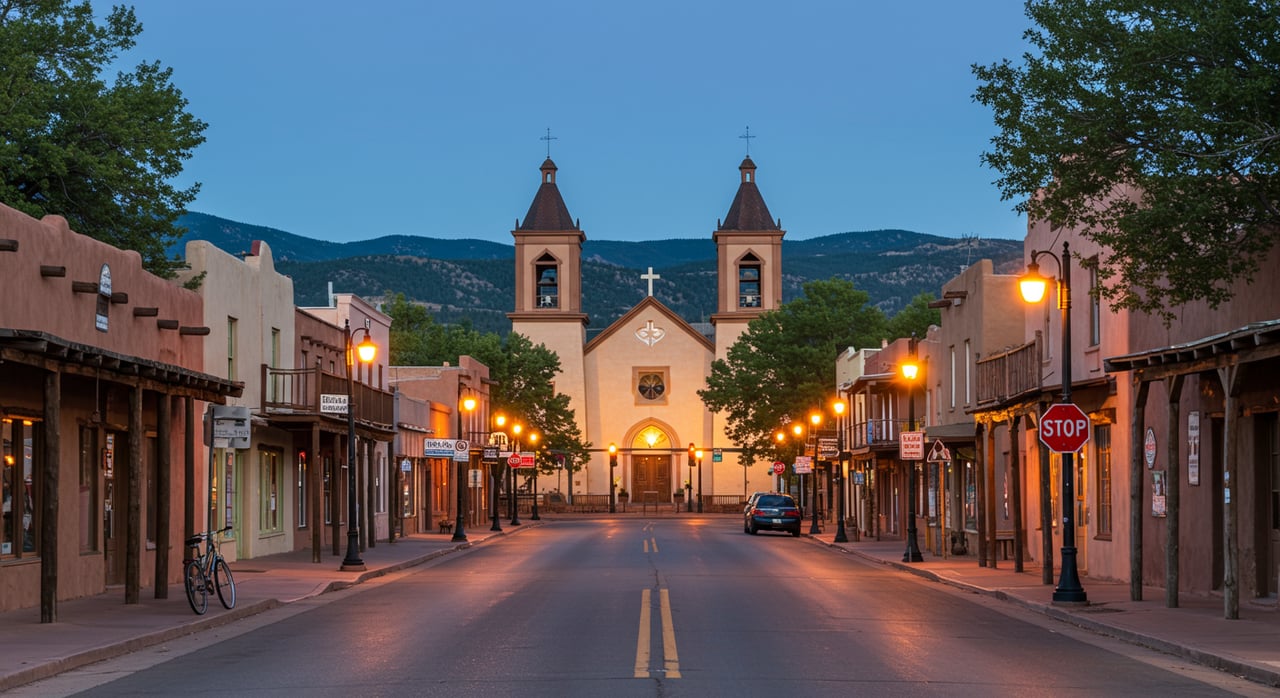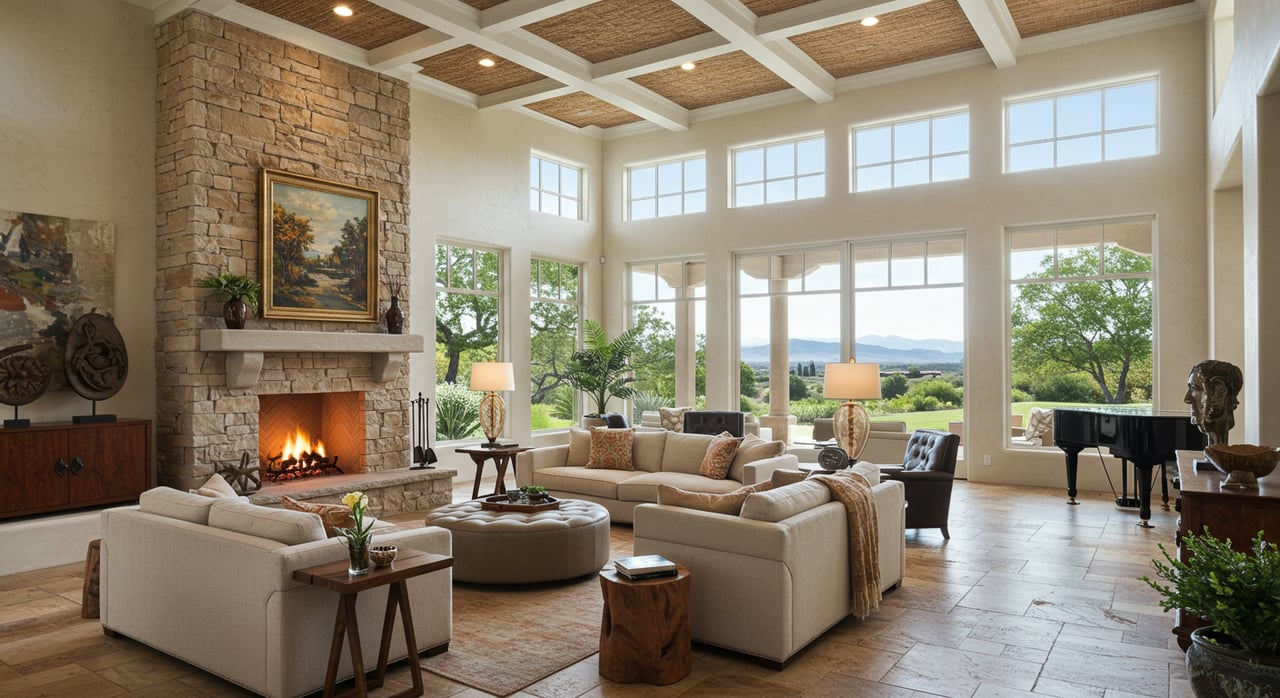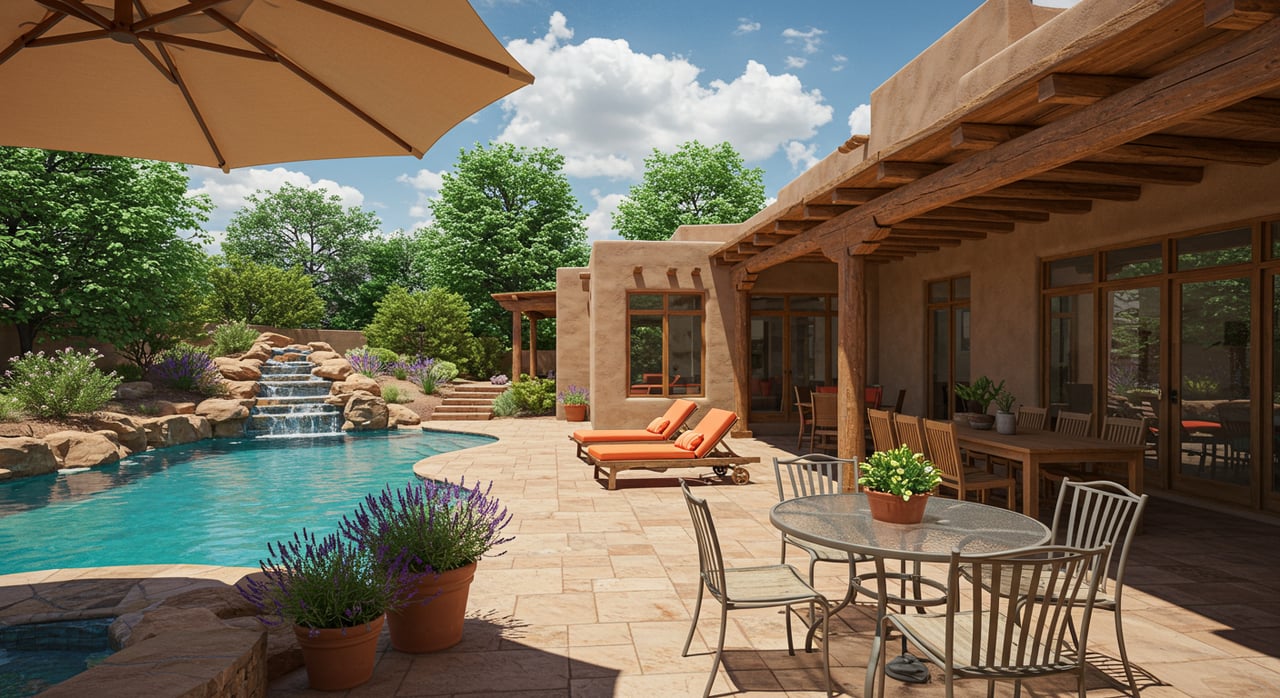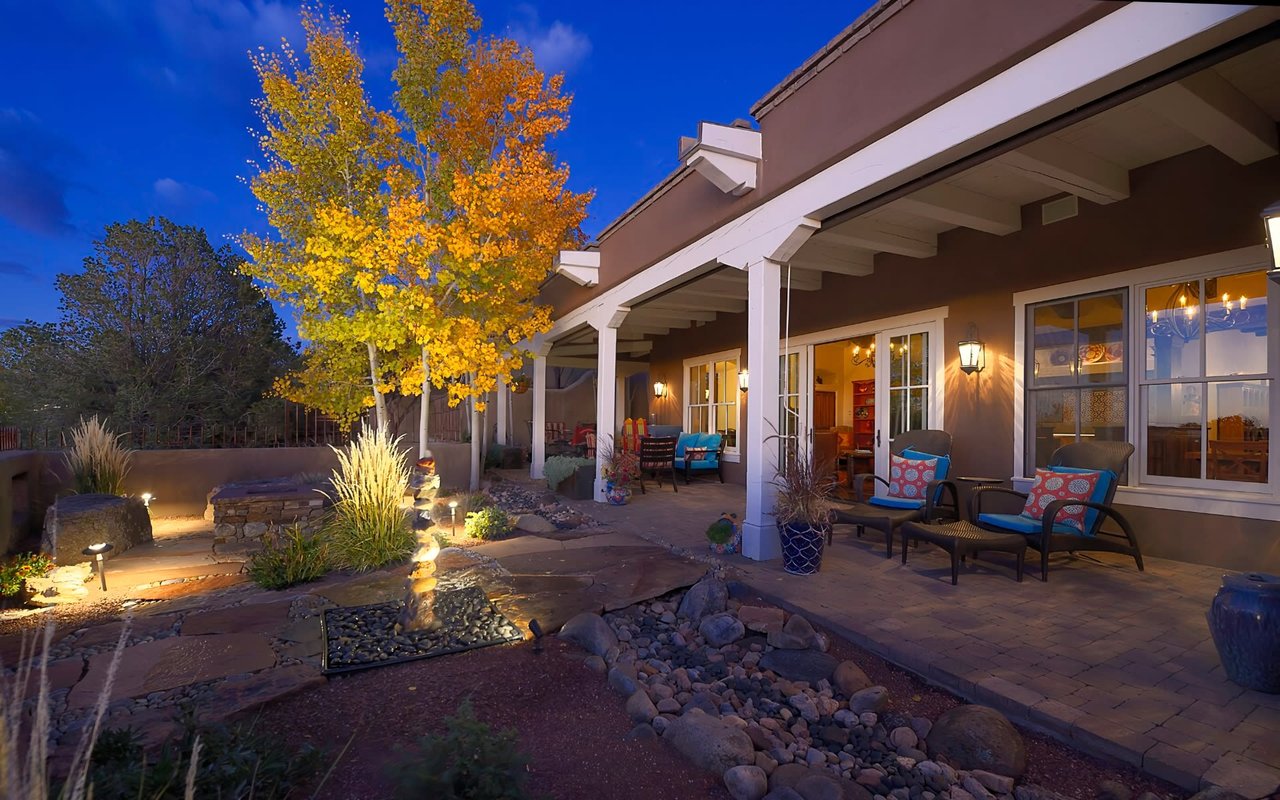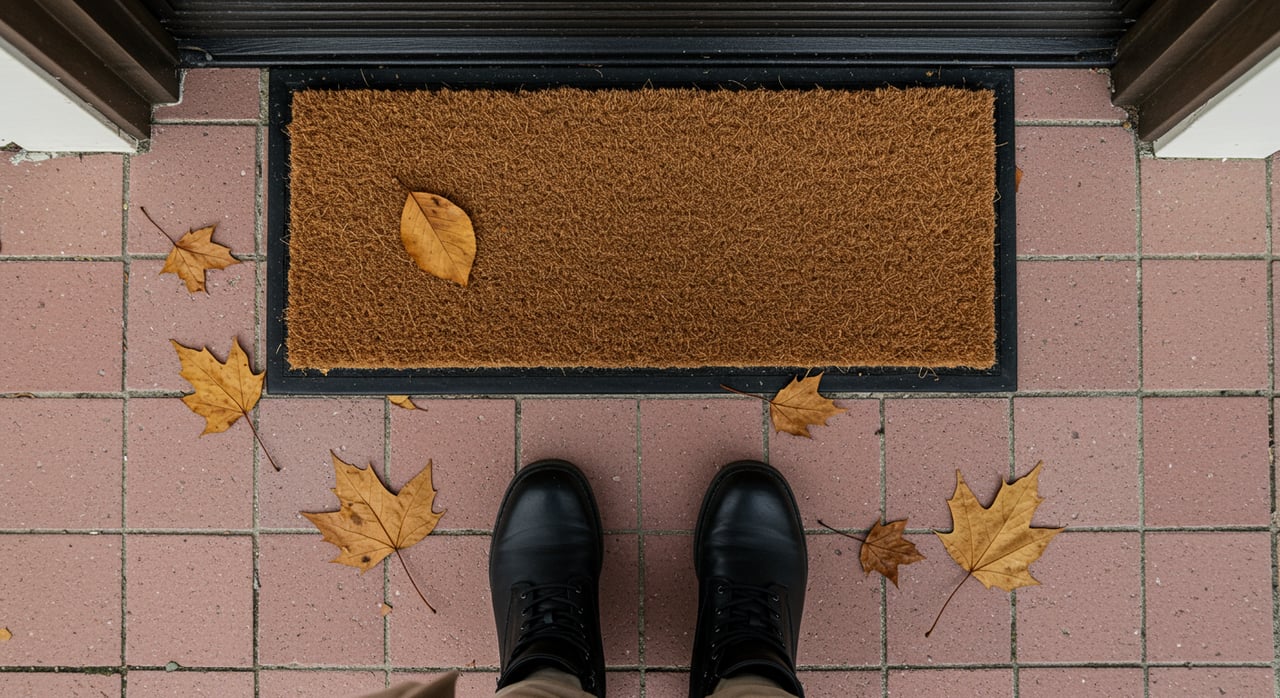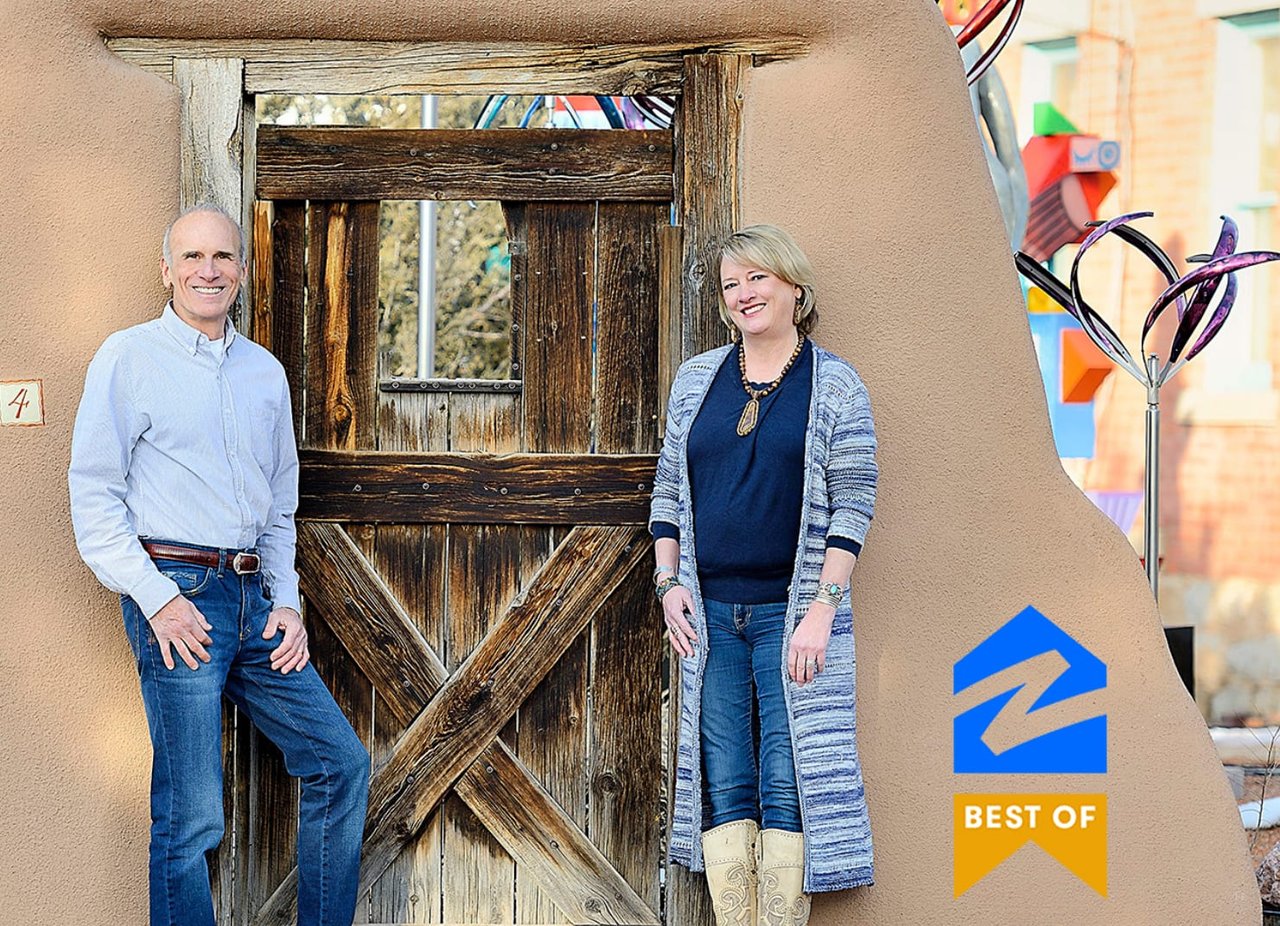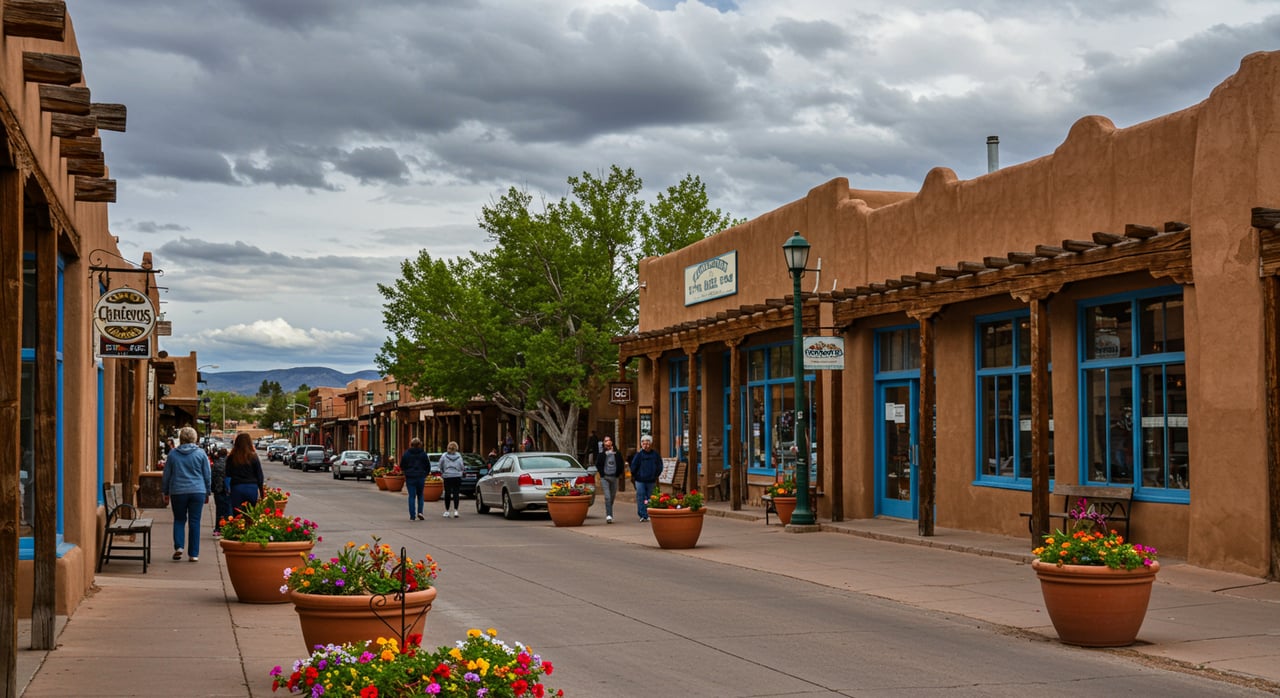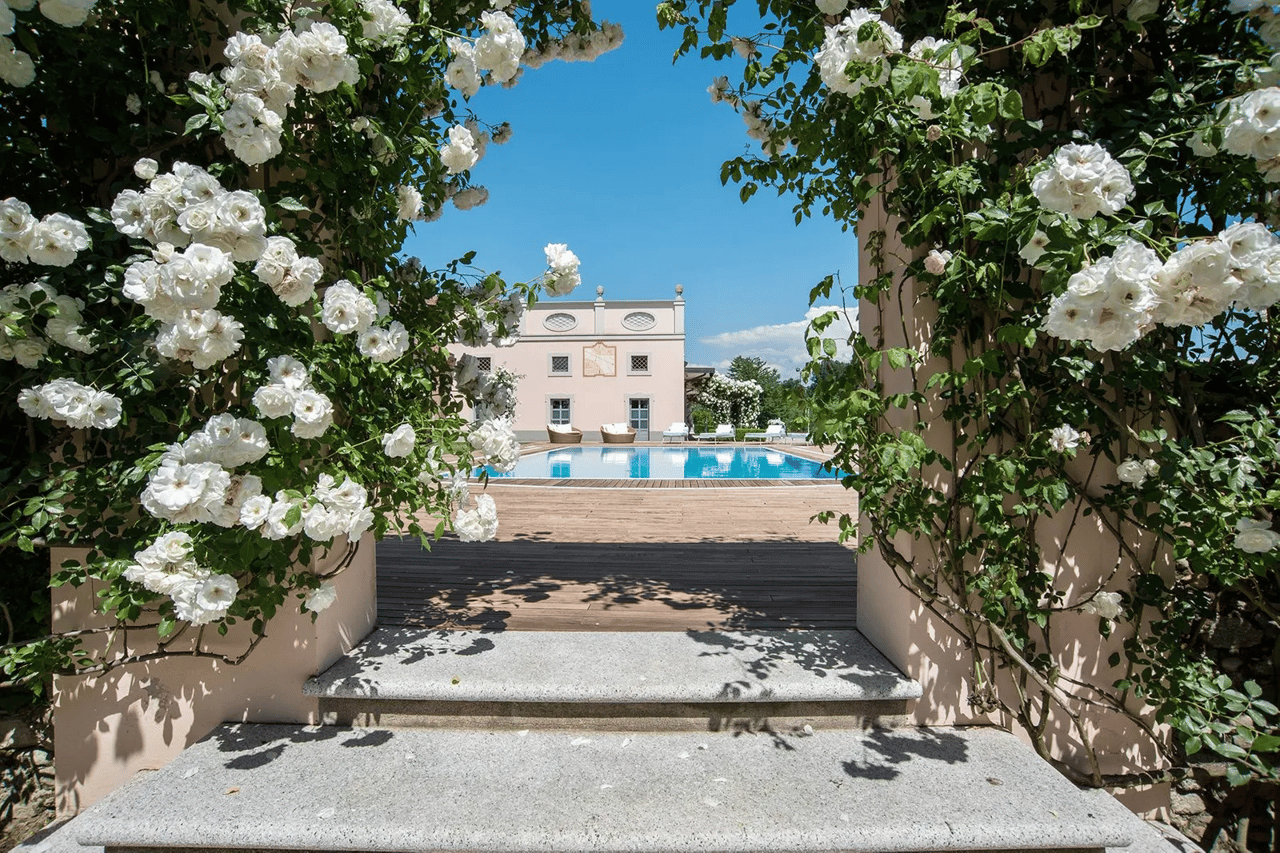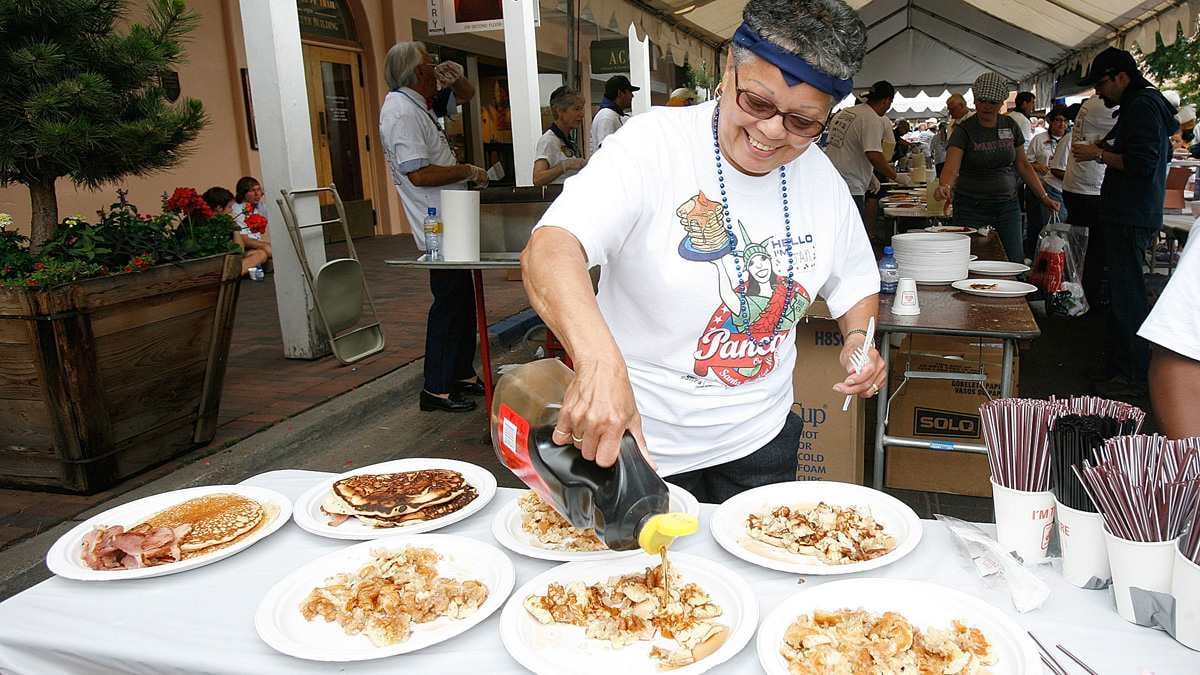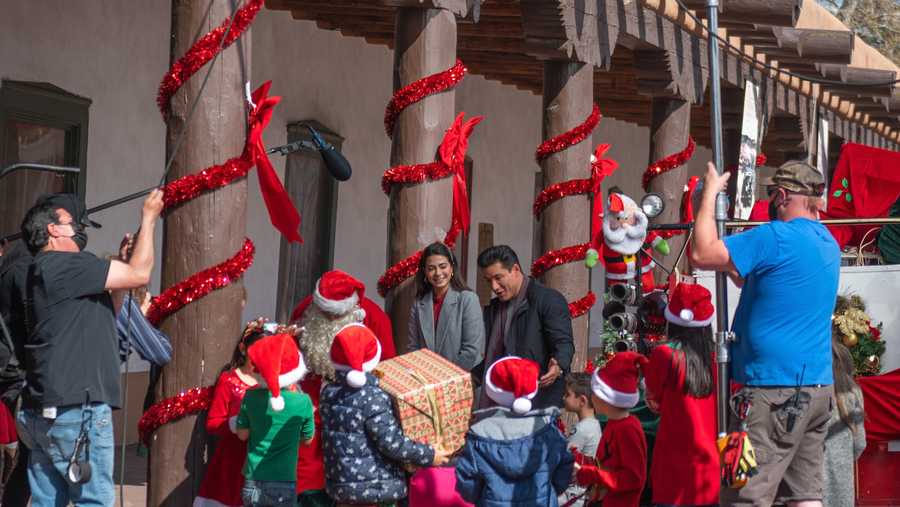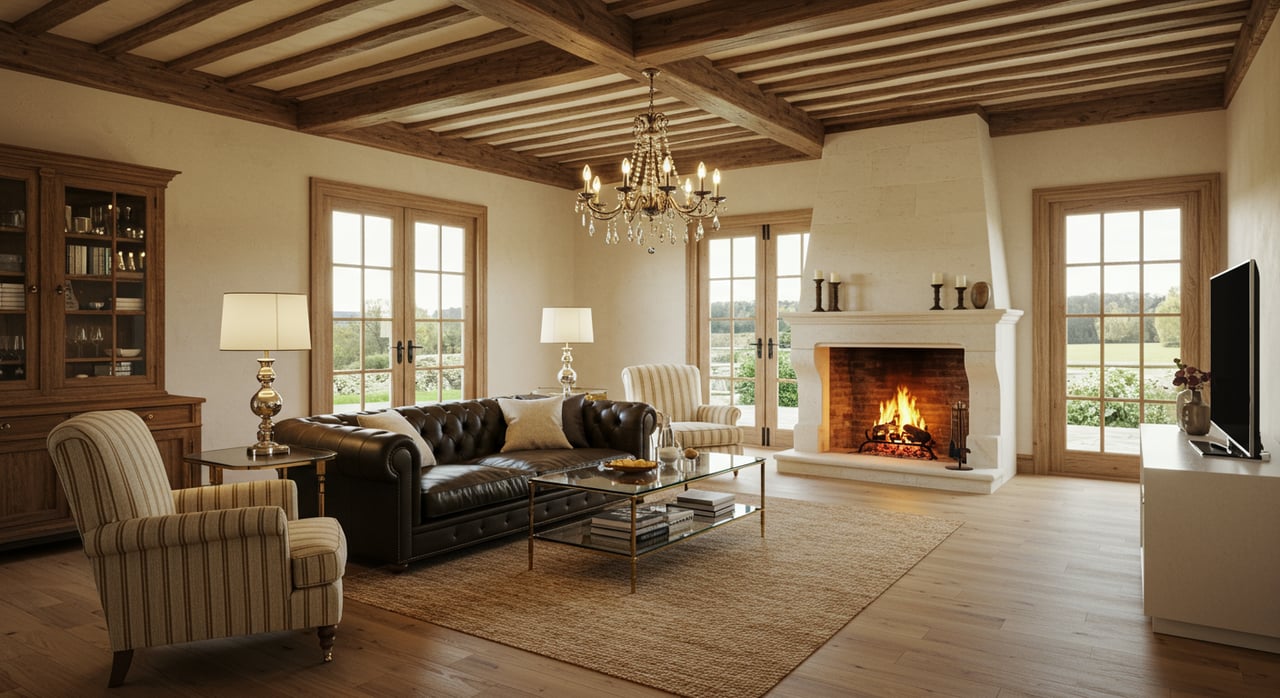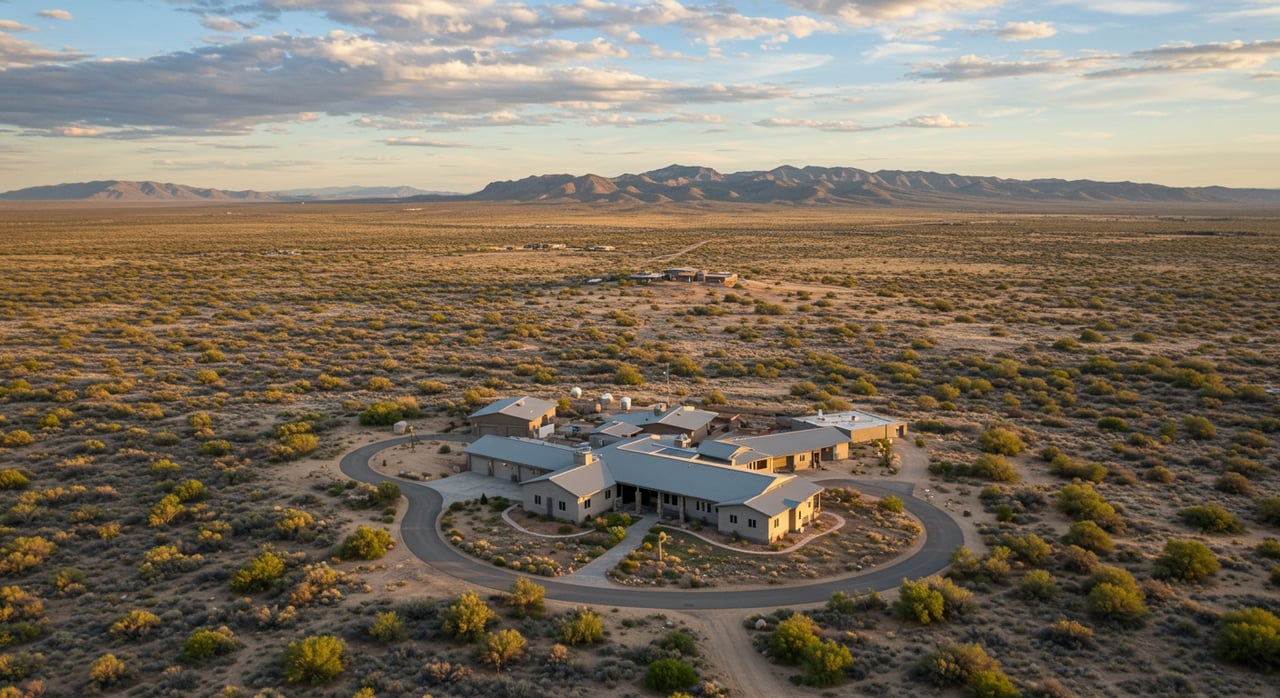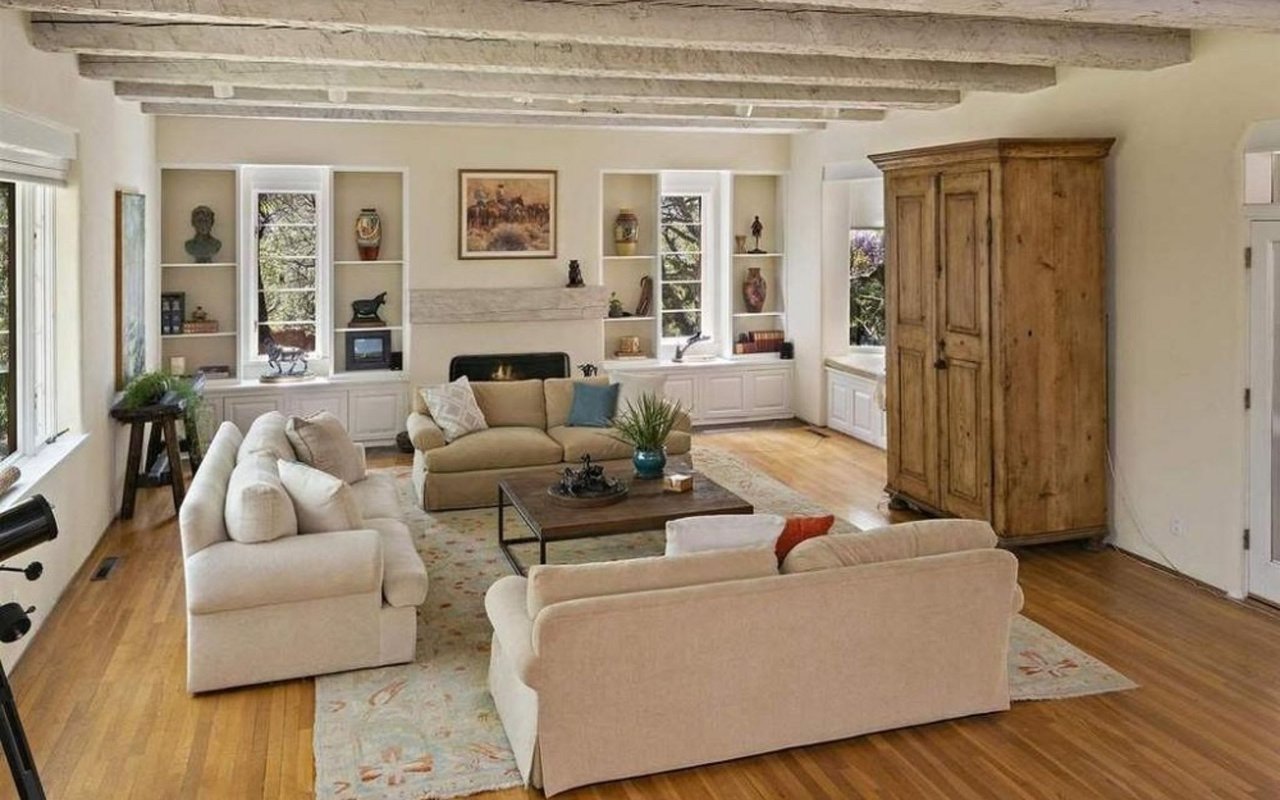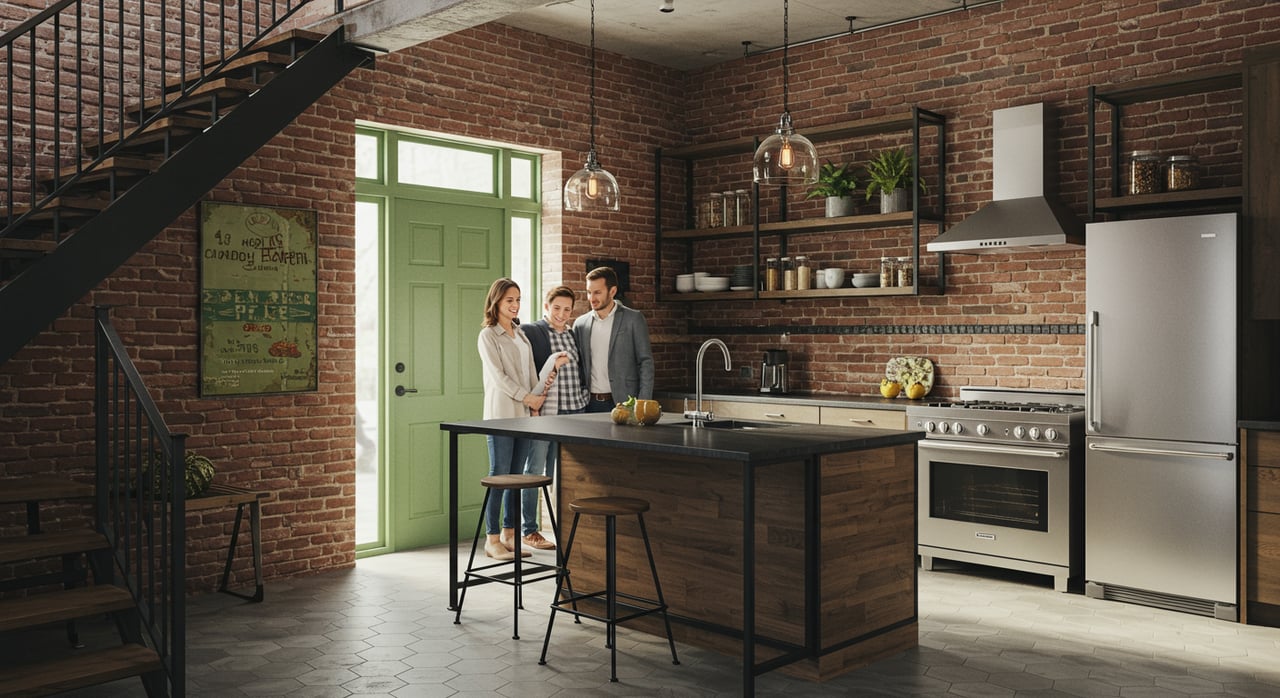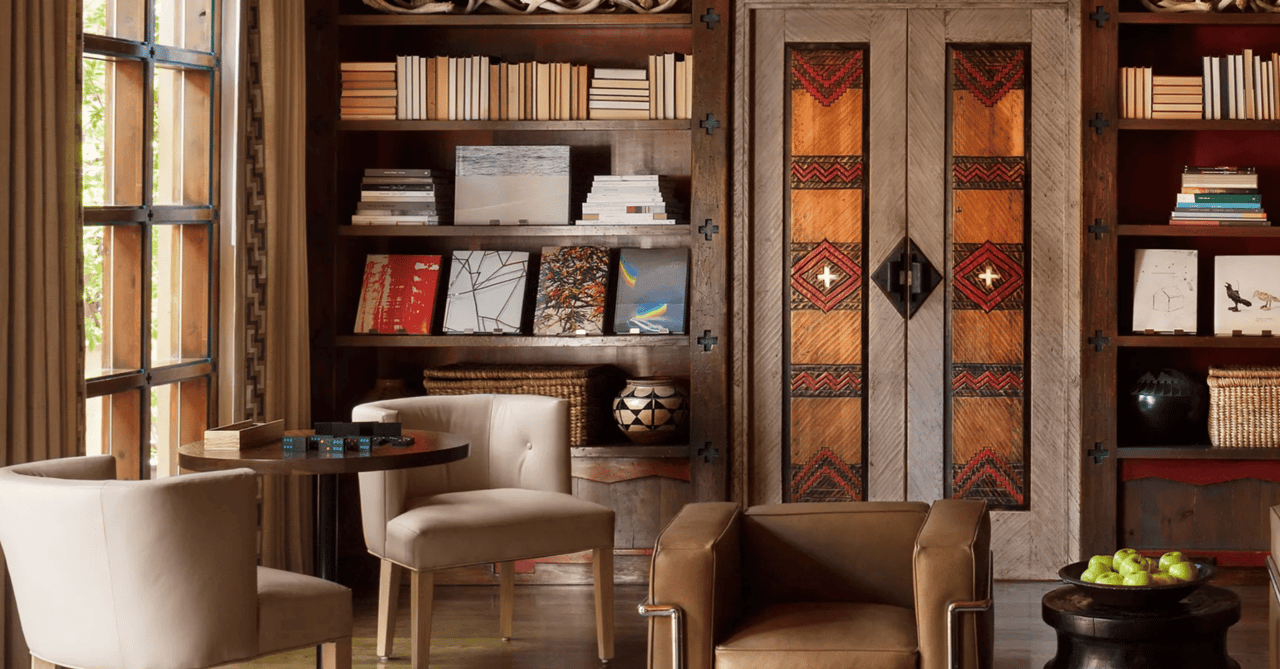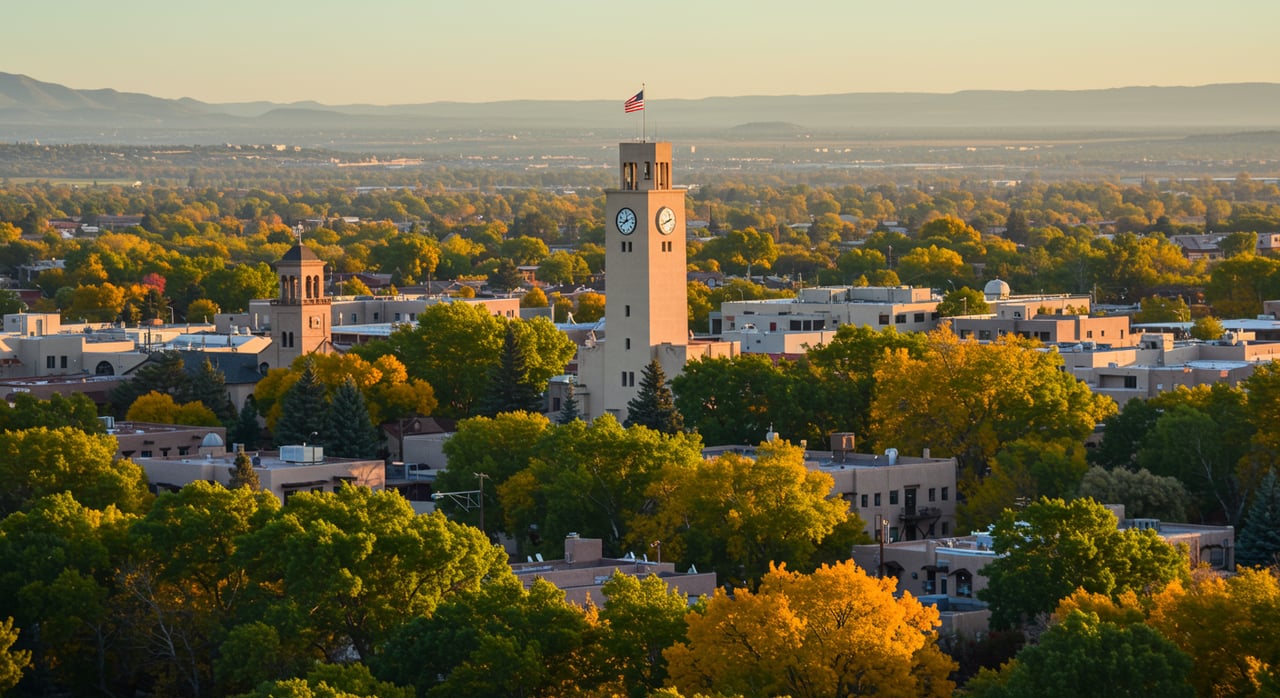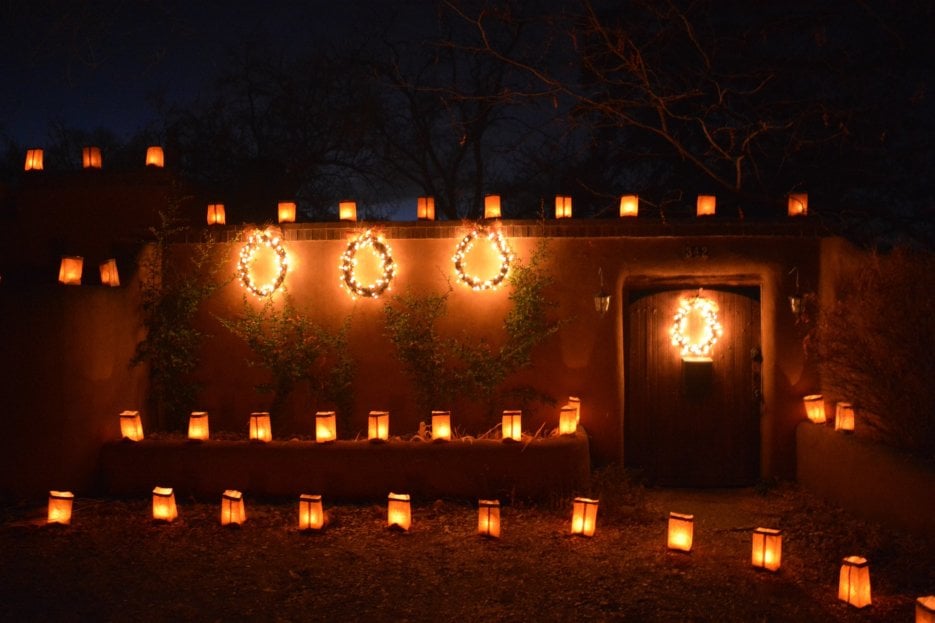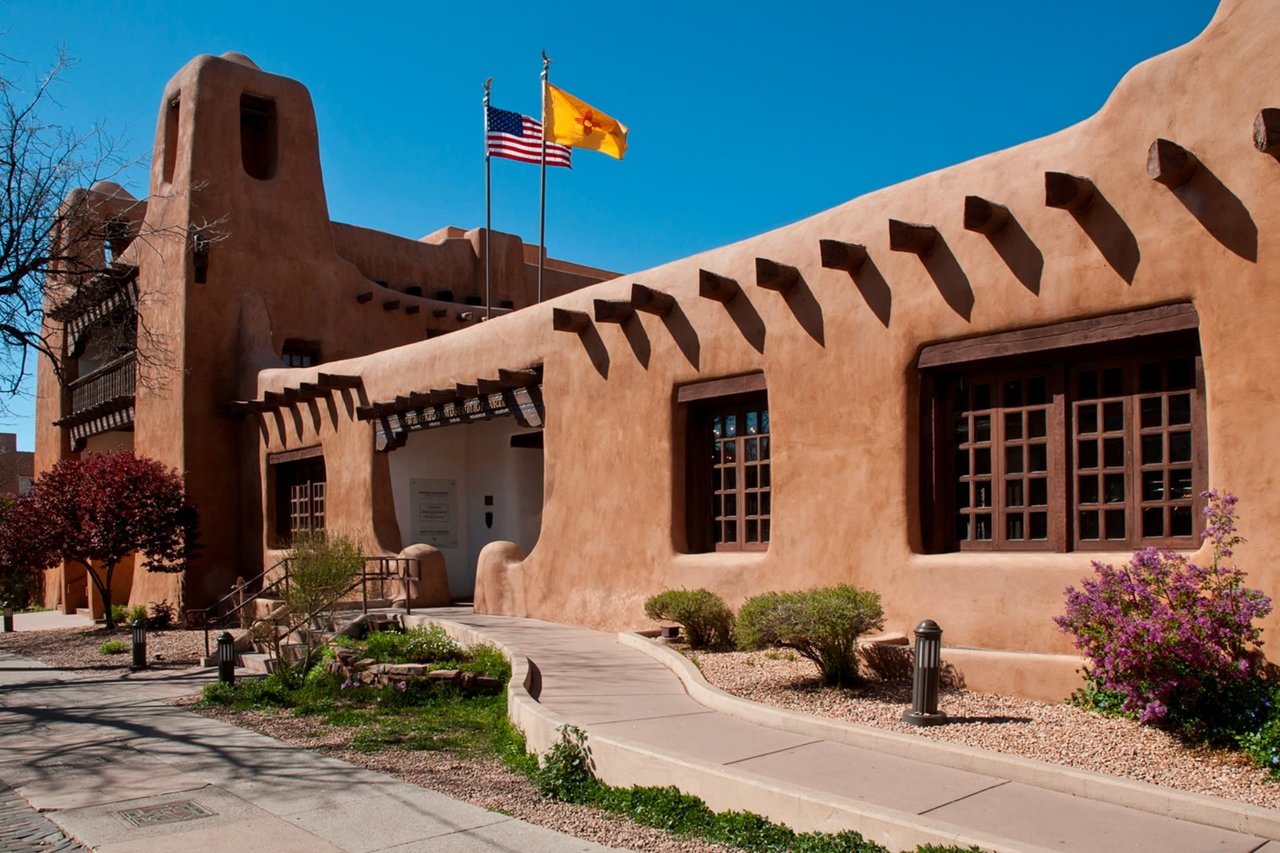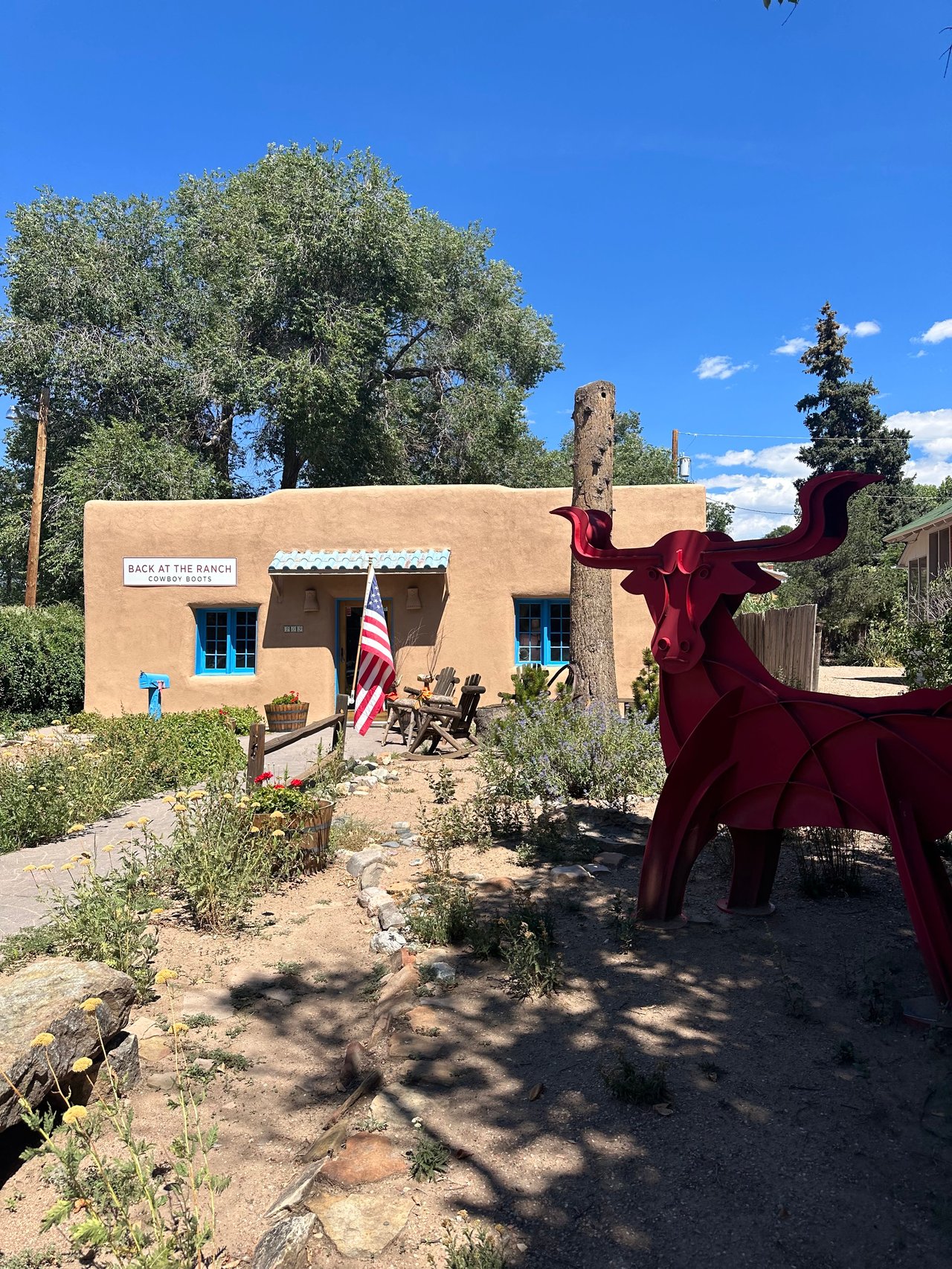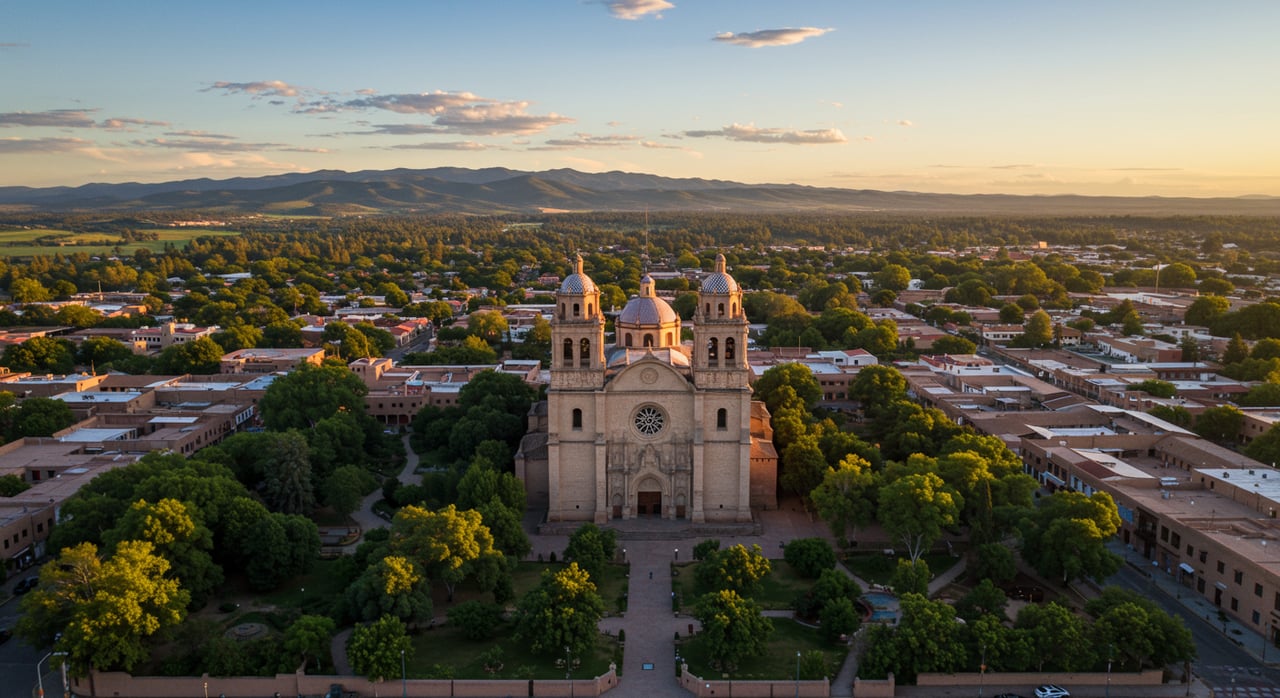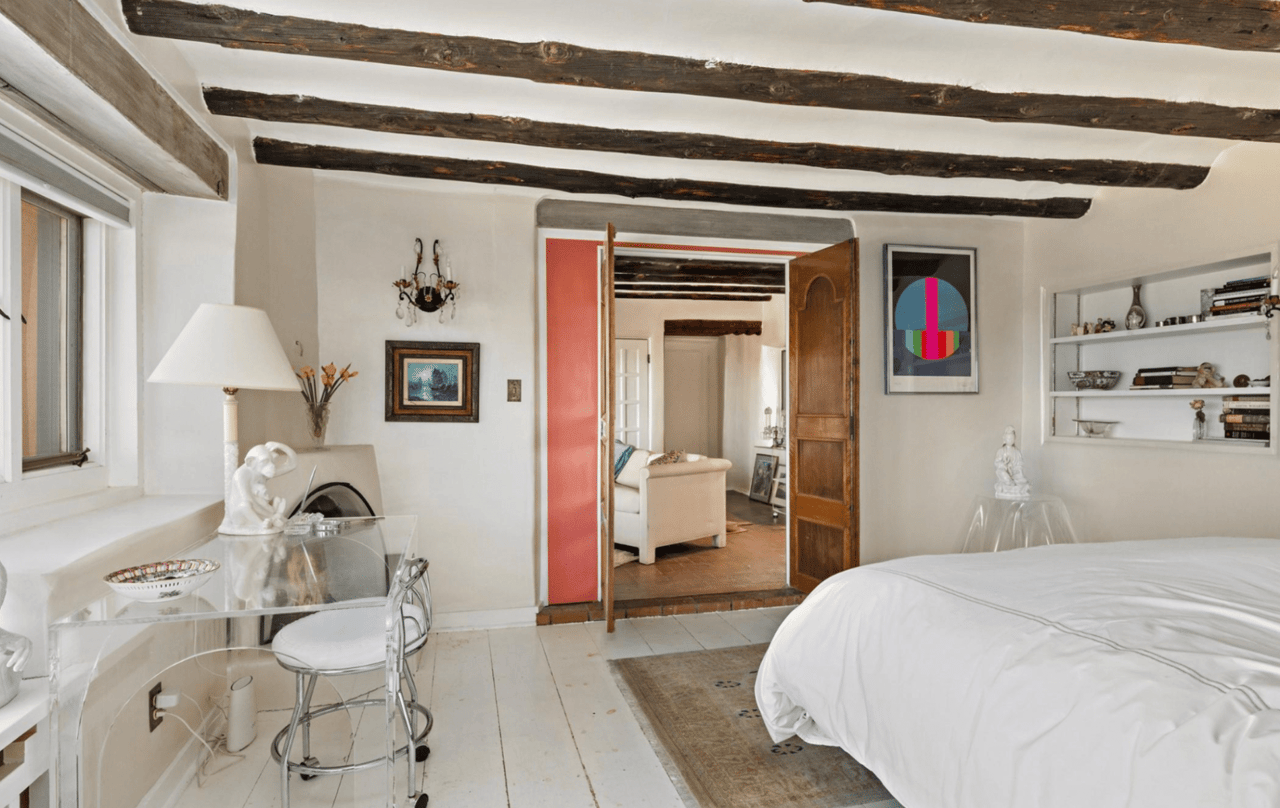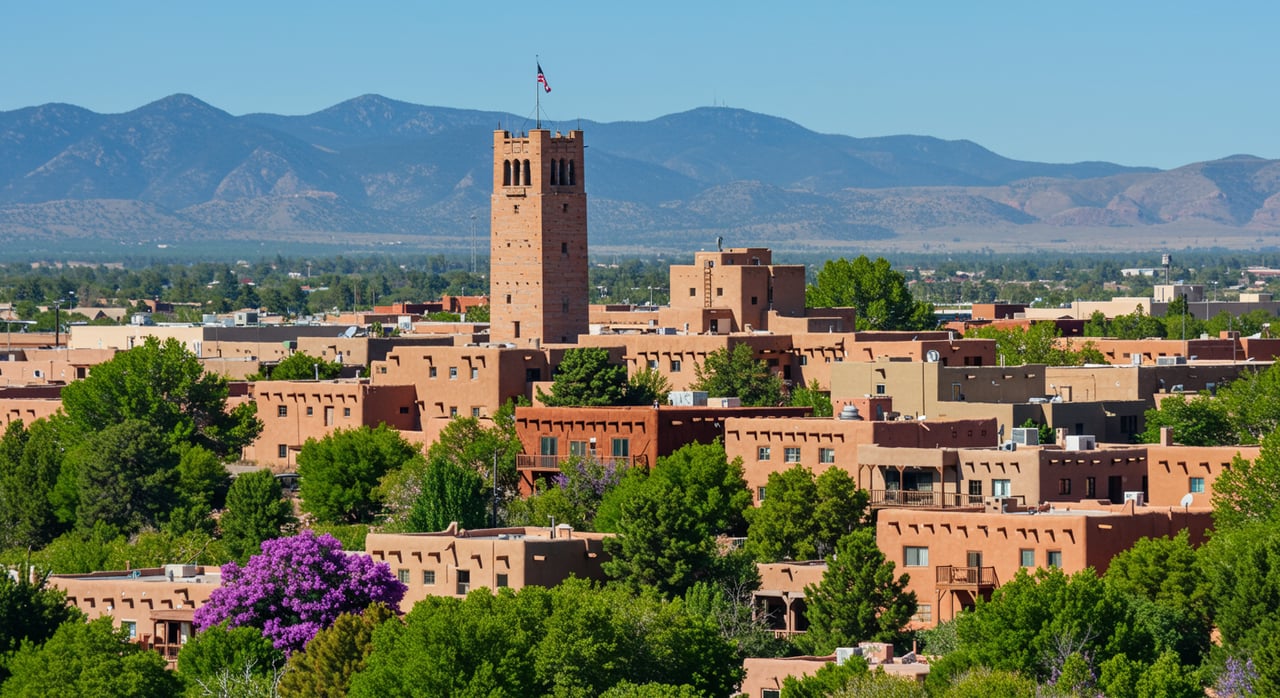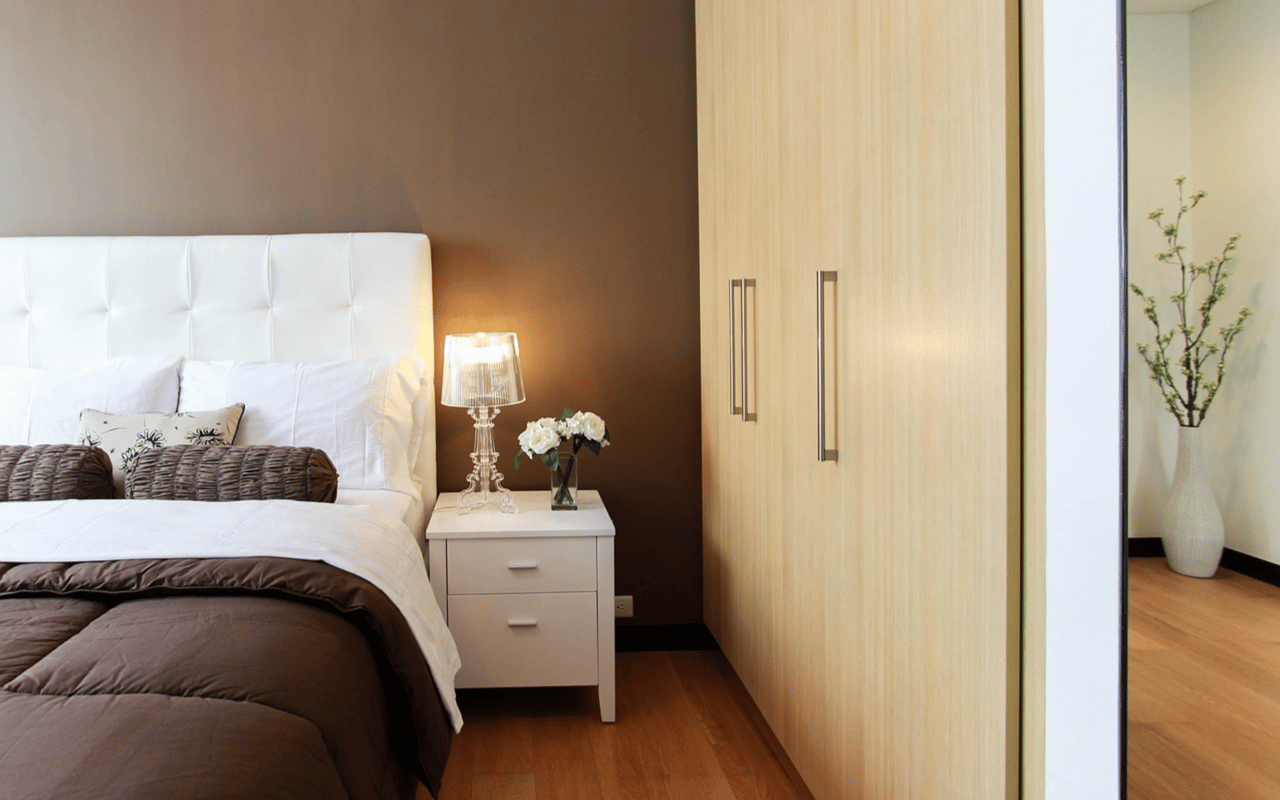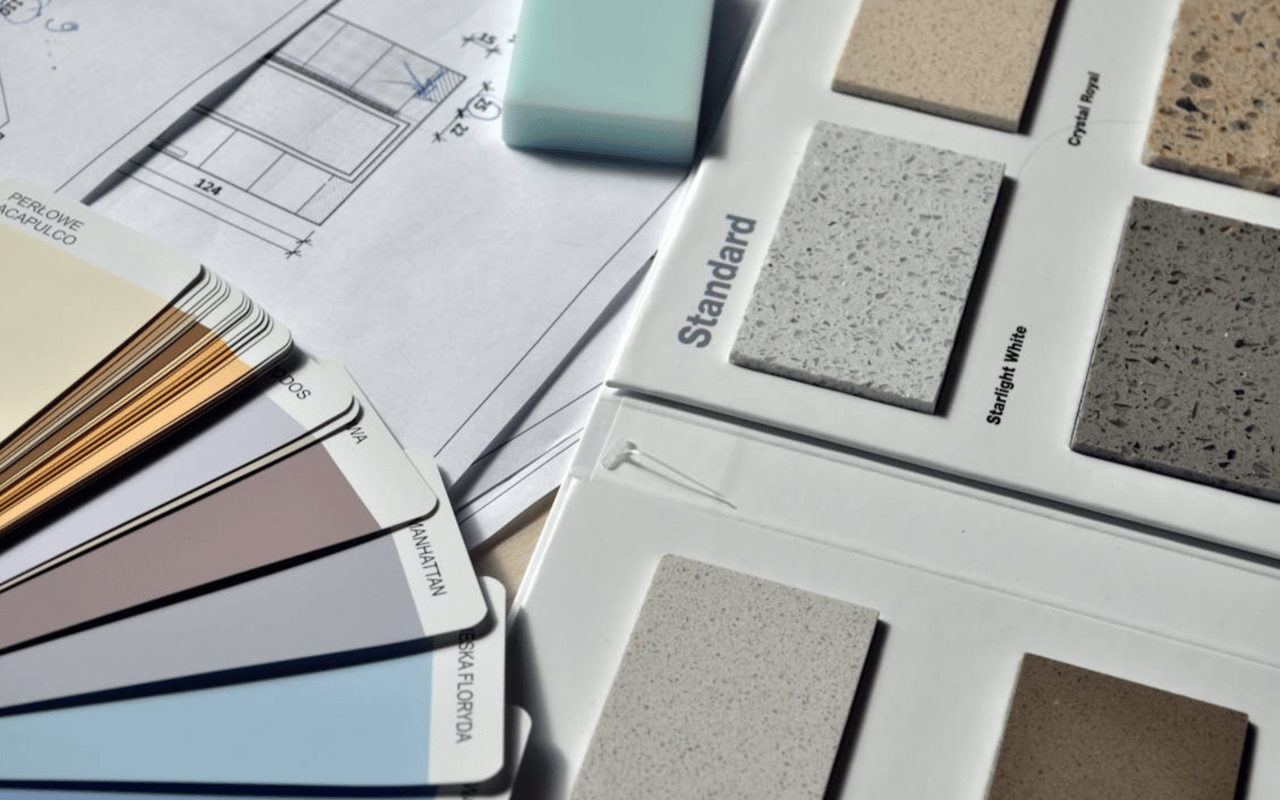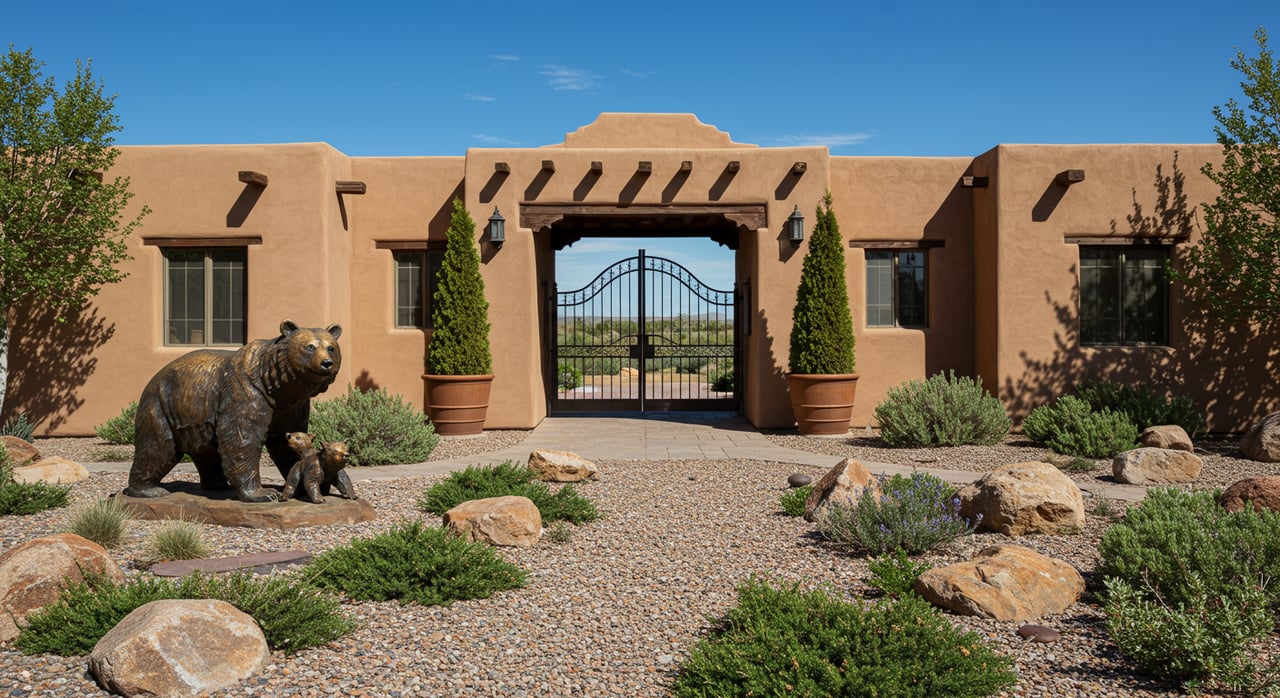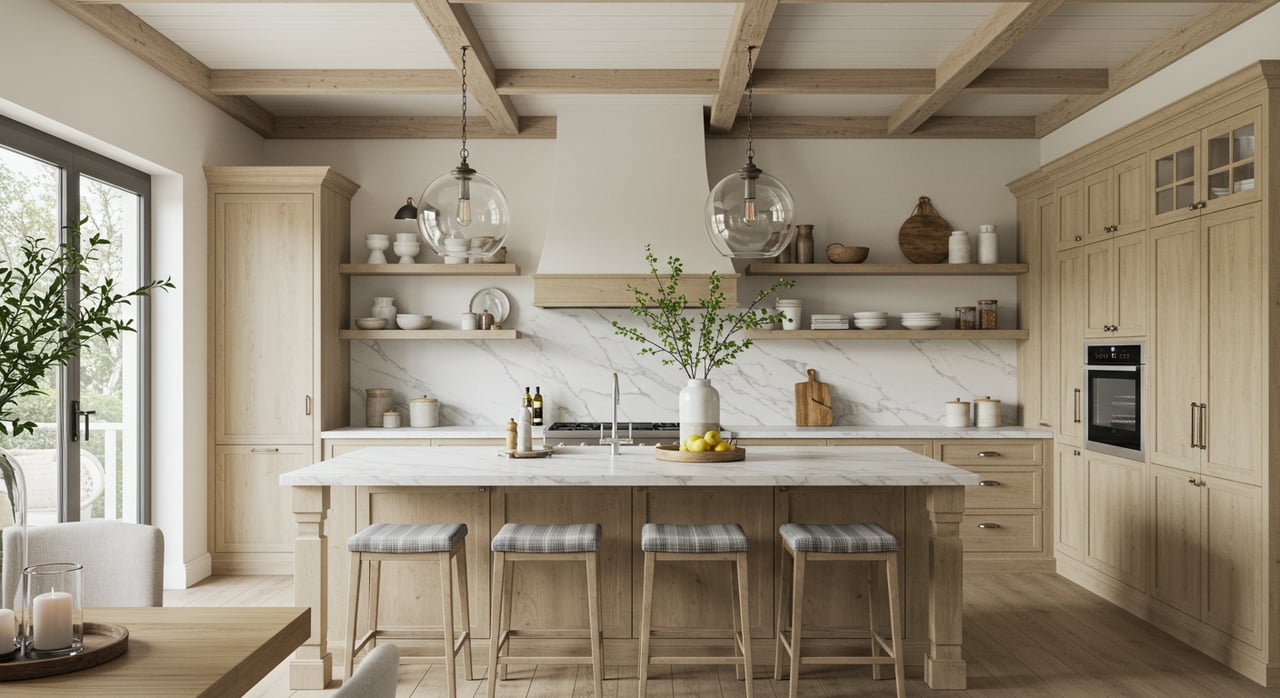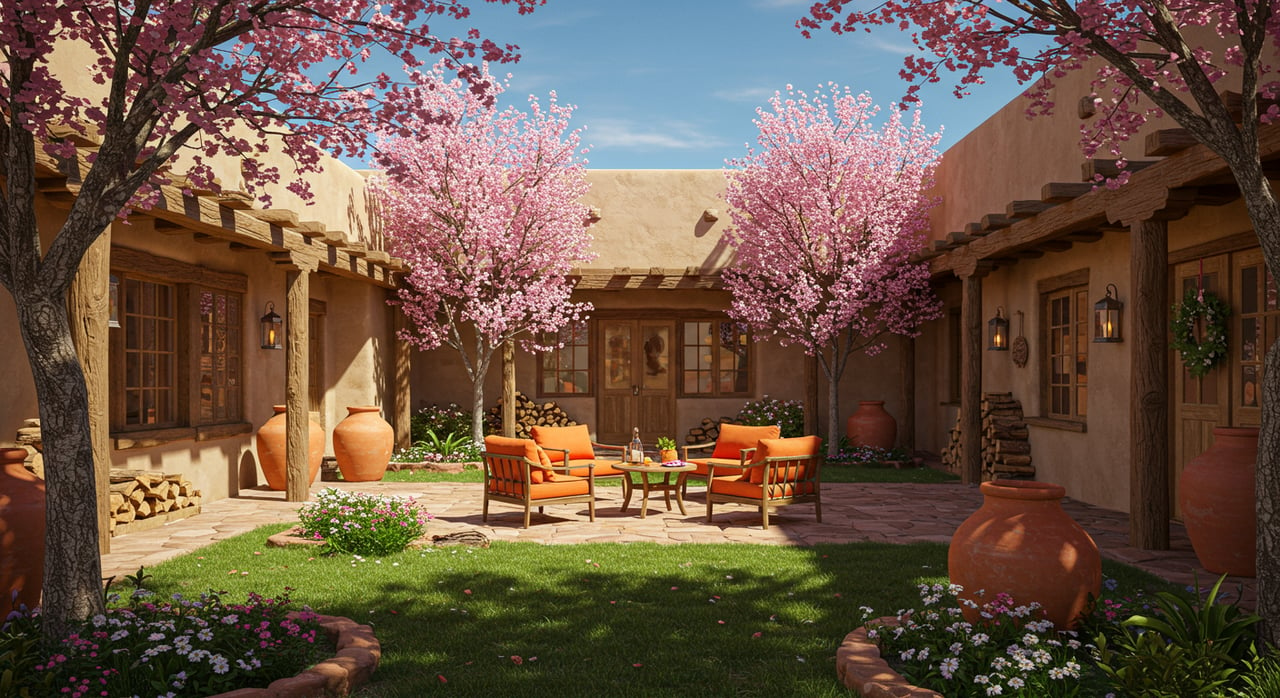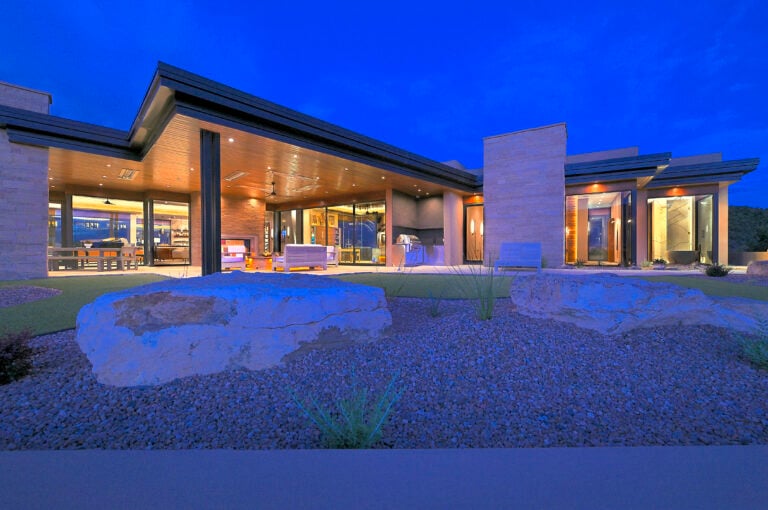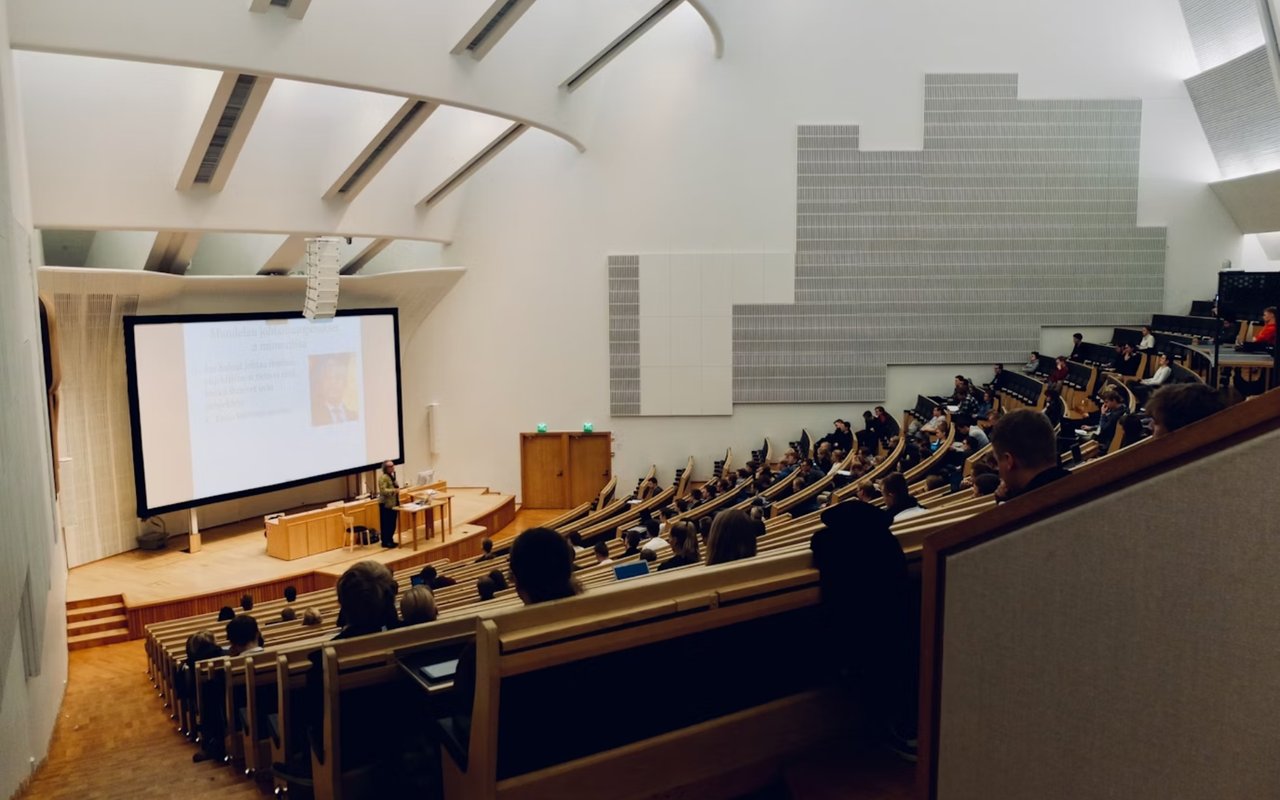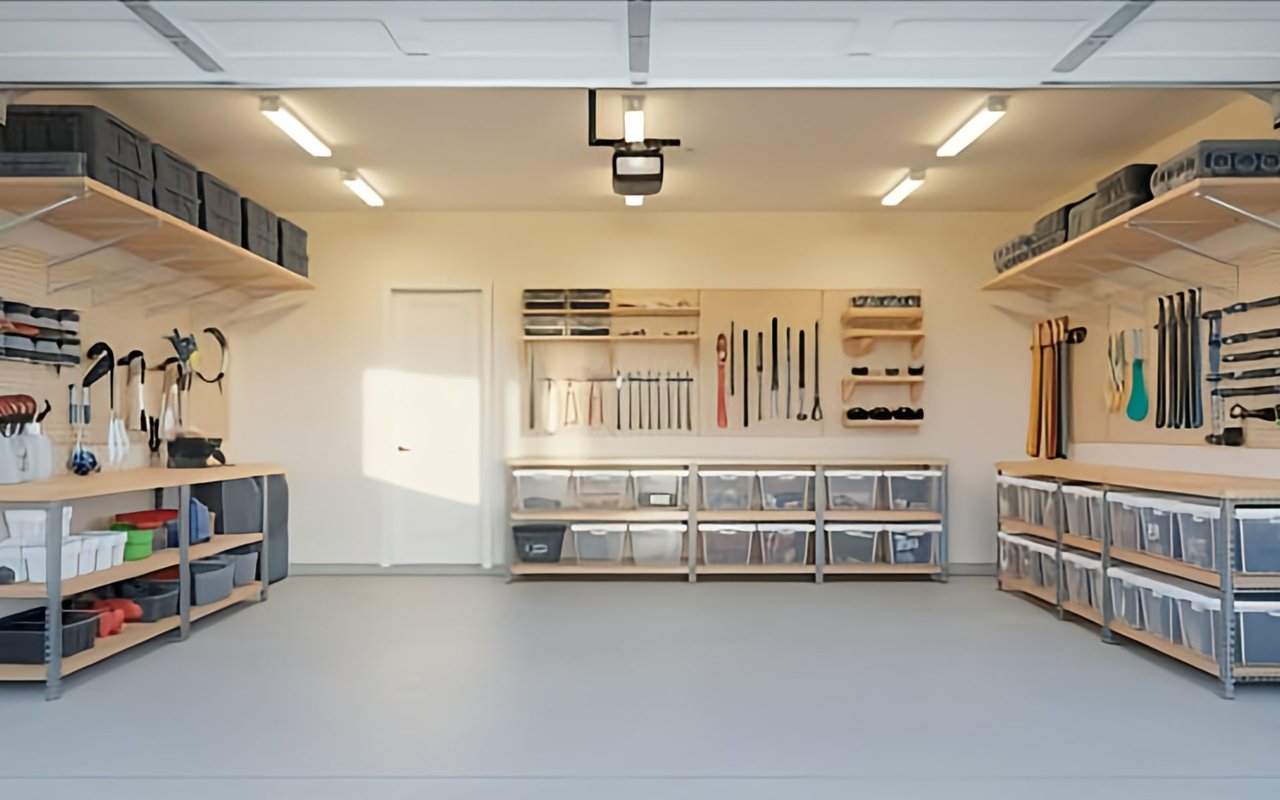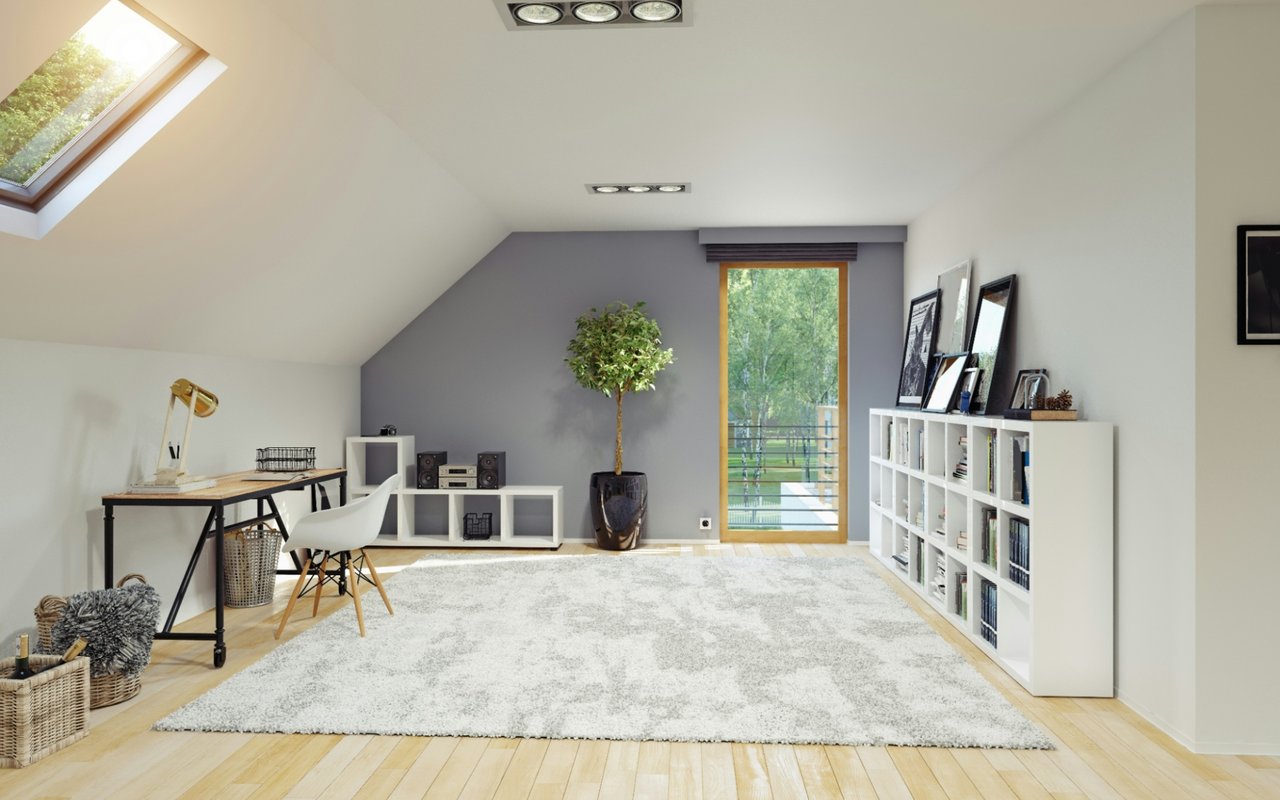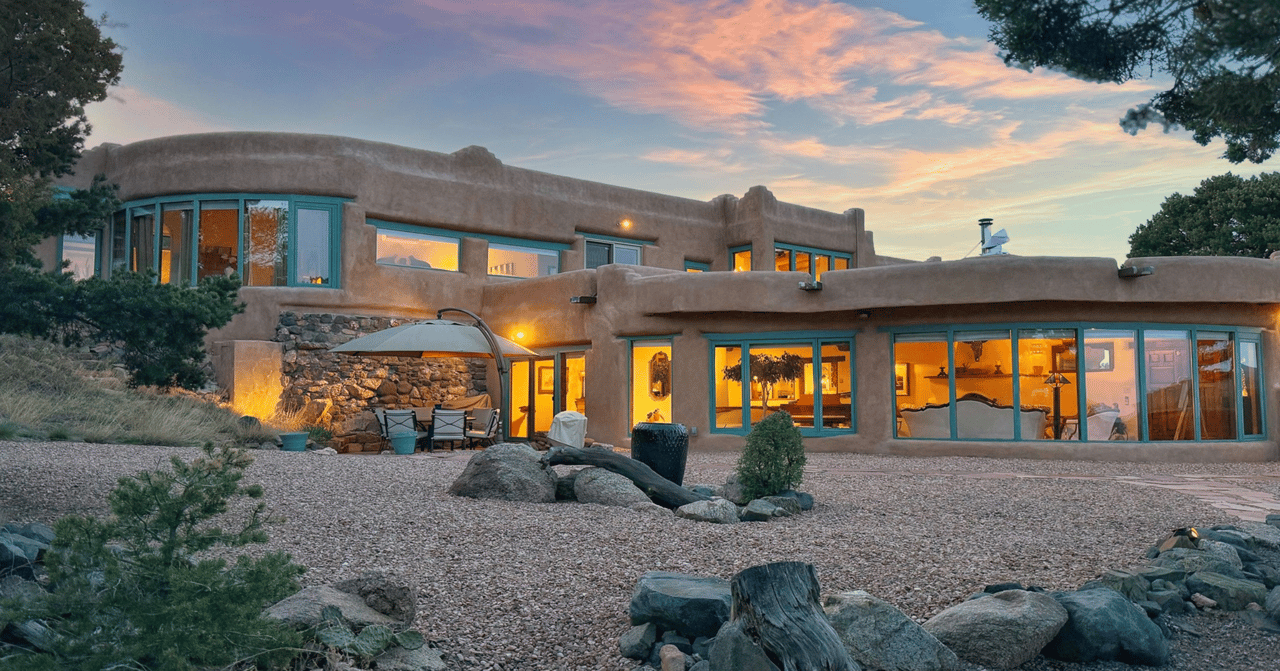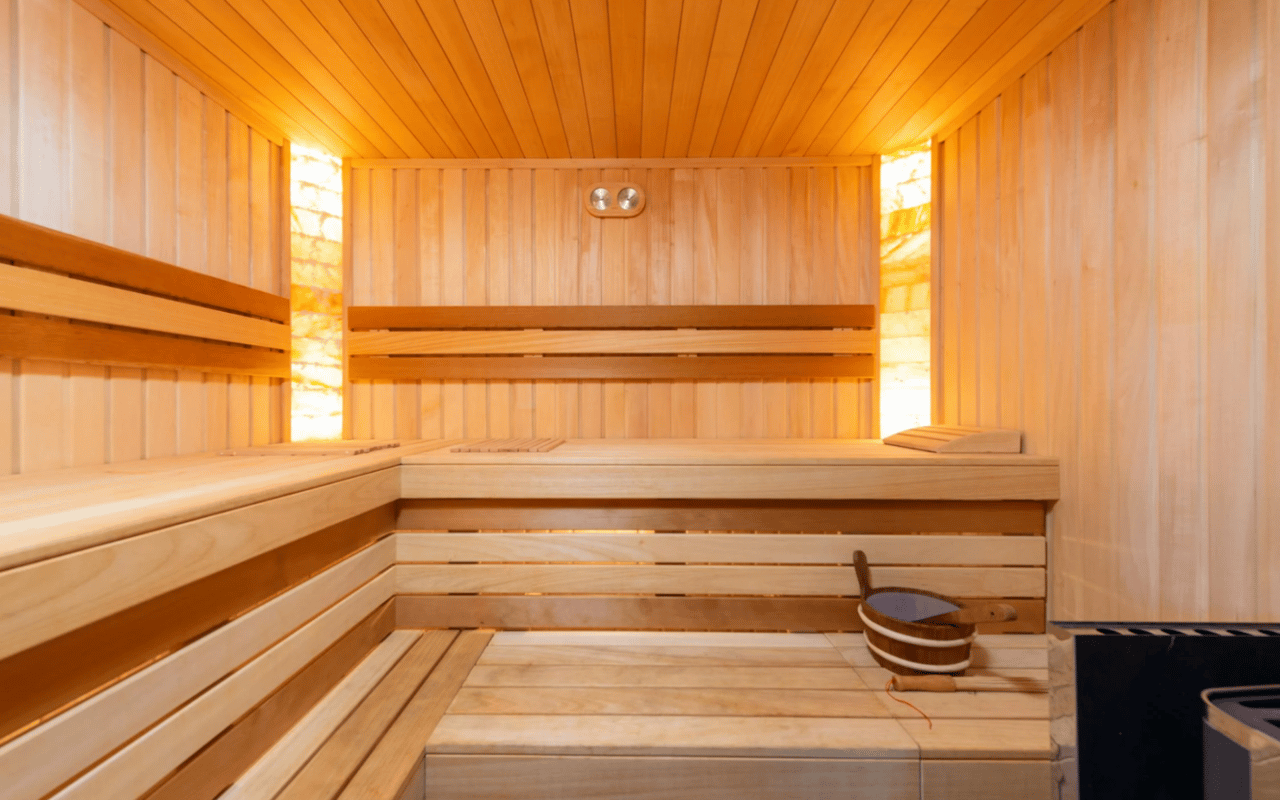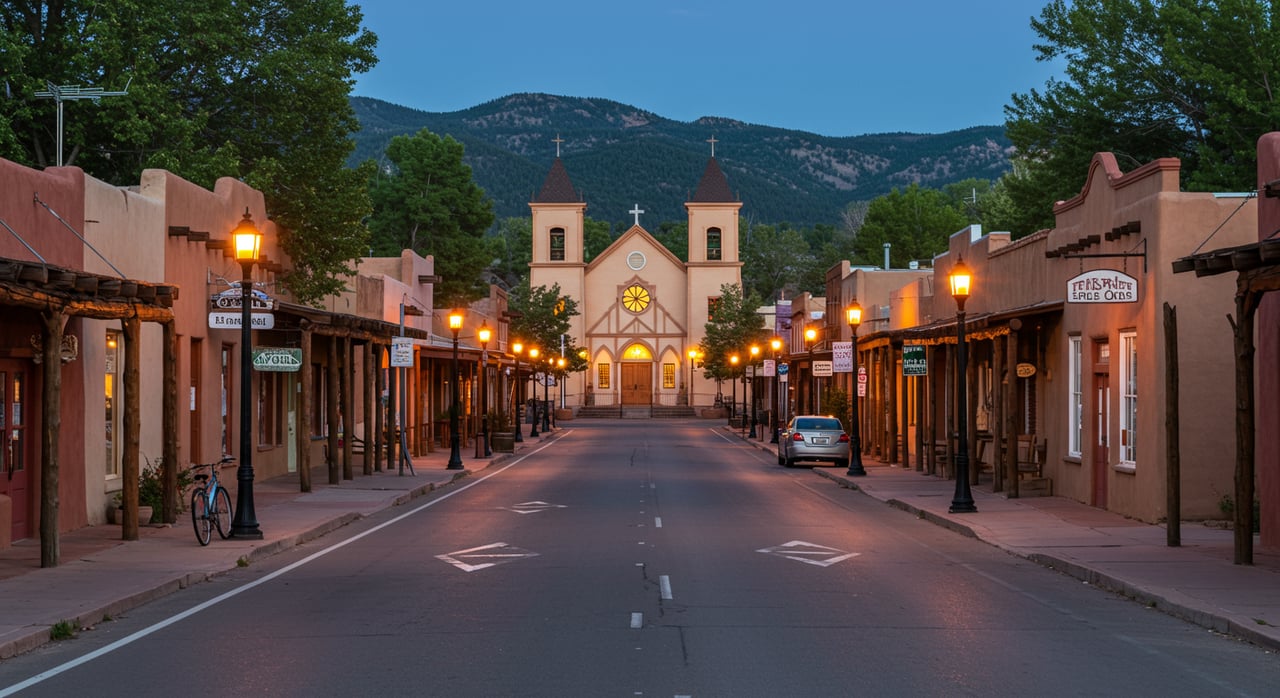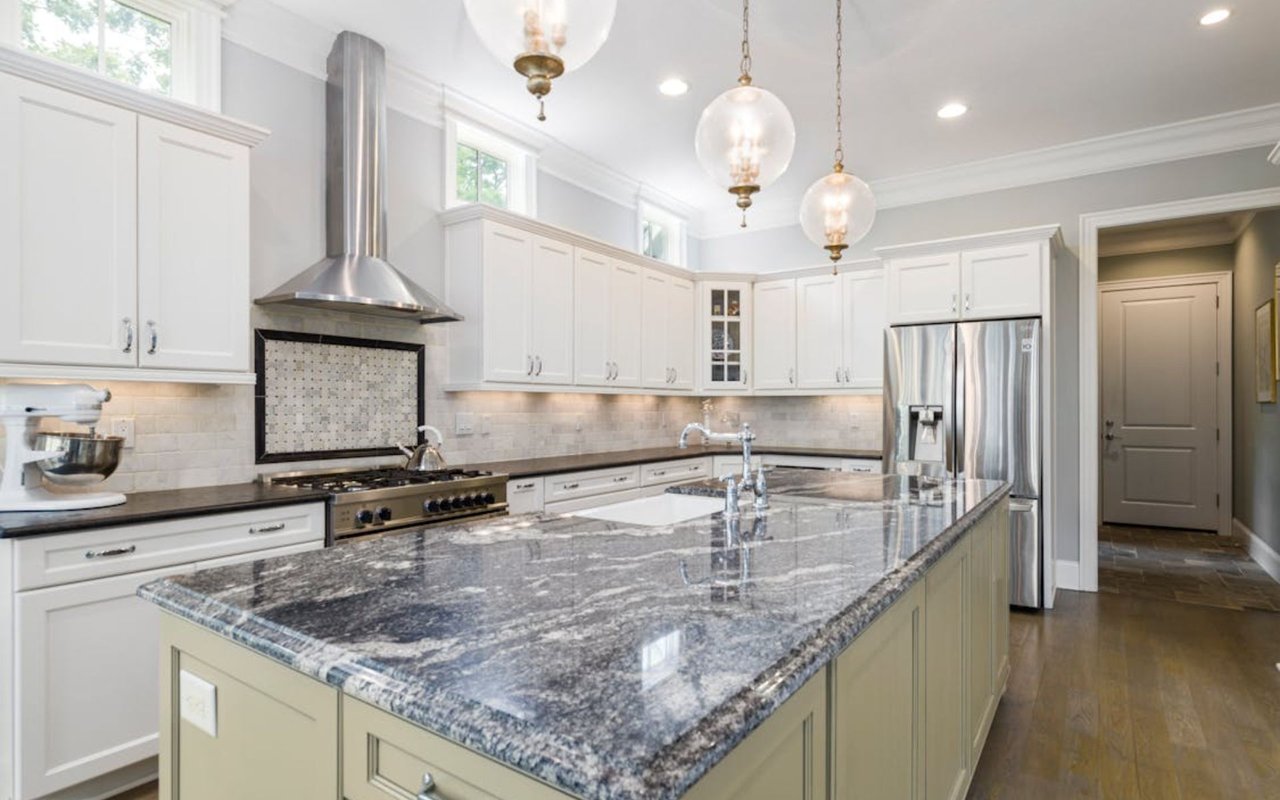Purchasing a home in a historic district can be a dream come true for those who cherish unique architectural details and a sense of history. These homes offer a glimpse into the past, often featuring elements that cannot be found in newer constructions. However, owning a home in a historic district also comes with its own set of considerations and responsibilities. For those exploring Santa Fe real estate, particularly in historic areas, understanding these factors is crucial to making an informed decision.
Understanding Historic District Regulations
Historic districts are typically governed by specific regulations aimed at preserving the area’s architectural integrity and historical significance. These rules can affect everything from the color you can paint your house to the types of modifications you can make.
Research Local Regulations: Before making a commitment, it’s important to familiarize yourself with the local historic preservation ordinances. In Santa Fe, these regulations are designed to protect the distinctive Pueblo style and other traditional architectural elements that define the area. Prospective buyers should review these rules thoroughly to understand what can and cannot be done to the property.
Check for Landmarks Status: Some homes within historic districts may also be designated as landmarks. This designation can come with stricter renovation rules. Knowing whether your prospective home has this status will help you assess the scope of any future renovations or repairs.
Research Local Regulations: Before making a commitment, it’s important to familiarize yourself with the local historic preservation ordinances. In Santa Fe, these regulations are designed to protect the distinctive Pueblo style and other traditional architectural elements that define the area. Prospective buyers should review these rules thoroughly to understand what can and cannot be done to the property.
Check for Landmarks Status: Some homes within historic districts may also be designated as landmarks. This designation can come with stricter renovation rules. Knowing whether your prospective home has this status will help you assess the scope of any future renovations or repairs.
Assessing Renovation Needs and Restrictions
Homes in historic districts often require more maintenance than newer constructions, and renovations can be both costly and complex due to the need to preserve historical accuracy.
Evaluate Condition and Upkeep: It’s crucial to have a thorough inspection performed by someone experienced with historic homes. This can help uncover potential issues like outdated electrical systems, plumbing problems, or structural concerns that are common in older buildings.
Consider Renovation Costs: Due to the specialized nature of renovations in historic homes, costs can be higher than those for comparable work in non-historic properties. Specific materials, construction techniques, and skilled labor all contribute to this increase.
Plan for Longer Project Times: Obtaining the necessary permits and approvals for renovations in historic districts can be time-consuming, especially if the district has a preservation board that must review and approve changes.
Evaluate Condition and Upkeep: It’s crucial to have a thorough inspection performed by someone experienced with historic homes. This can help uncover potential issues like outdated electrical systems, plumbing problems, or structural concerns that are common in older buildings.
Consider Renovation Costs: Due to the specialized nature of renovations in historic homes, costs can be higher than those for comparable work in non-historic properties. Specific materials, construction techniques, and skilled labor all contribute to this increase.
Plan for Longer Project Times: Obtaining the necessary permits and approvals for renovations in historic districts can be time-consuming, especially if the district has a preservation board that must review and approve changes.
Exploring Financial Incentives
In some cases, owning a home in a historic district can qualify you for financial incentives, such as tax breaks or grants, which are designed to help maintain the property’s historical integrity.
Tax Incentives: Some states offer tax incentives for the preservation and renovation of historic properties. These can often offset some of the costs associated with maintaining and restoring these homes.
Grants and Loans: Check for any local grants, low-interest loans, or other funding opportunities available for owners of historic properties in Santa Fe. These financial aids can significantly reduce the burden of restoration and preservation.
Tax Incentives: Some states offer tax incentives for the preservation and renovation of historic properties. These can often offset some of the costs associated with maintaining and restoring these homes.
Grants and Loans: Check for any local grants, low-interest loans, or other funding opportunities available for owners of historic properties in Santa Fe. These financial aids can significantly reduce the burden of restoration and preservation.
Living with Charm and Challenges
Living in a historic district offers a unique lifestyle that can be incredibly rewarding, thanks to the community atmosphere, beautiful settings, and a connection to history.
Community and Restrictions: Living in a historic district often means being part of a close-knit community that values preservation and history. However, this can come with expectations regarding how you maintain your property’s exterior.
Architectural Appeal and Lack of Modern Comforts: While historic homes can be stunning in their architectural detail, they may lack some modern comforts. Potential buyers should consider what modern updates are essential (such as HVAC systems or insulated windows) and whether these can be integrated without compromising the home’s historic character.
Community and Restrictions: Living in a historic district often means being part of a close-knit community that values preservation and history. However, this can come with expectations regarding how you maintain your property’s exterior.
Architectural Appeal and Lack of Modern Comforts: While historic homes can be stunning in their architectural detail, they may lack some modern comforts. Potential buyers should consider what modern updates are essential (such as HVAC systems or insulated windows) and whether these can be integrated without compromising the home’s historic character.
Considerations Specific to Santa Fe Real Estate
In Santa Fe, where the real estate market prizes both historical integrity and modern comfort, buyers must weigh their desire for a historic home against their needs for contemporary living.
Impact on Resale: Homes in historic districts can be more challenging to sell because of the limitations placed on renovations. However, they can also attract a specific buyer pool that values historical properties, potentially commanding a premium.
Market Dynamics: Understanding how historic properties in Santa Fe real estate are valued in comparison to newer properties is key. This insight will help you gauge the long-term investment potential of buying in a historic district.
Impact on Resale: Homes in historic districts can be more challenging to sell because of the limitations placed on renovations. However, they can also attract a specific buyer pool that values historical properties, potentially commanding a premium.
Market Dynamics: Understanding how historic properties in Santa Fe real estate are valued in comparison to newer properties is key. This insight will help you gauge the long-term investment potential of buying in a historic district.
Work with a Local Realtor to Find Your Dream Home in a Santa Fe Historic District
Buying a home in a historic district is not just an investment in real estate but an investment in history. For those drawn to the timeless charm of Santa Fe’s historic districts, it’s essential to go into the process well-informed about the responsibilities and rewards such a purchase entails. Consulting with real estate professionals who specialize in historic properties, such as the team at Ricky Allen, Cathy Griffith, and Tara Earley, can provide invaluable guidance and expertise. If you’re considering a property in one of Santa Fe’s historic districts, reaching out to these experienced local agents can help ensure that your home not only meets your aesthetic and historical criteria but is also a sound investment for the future.
